




Are you enjoying these cozy rainy days? The crisp air has returned and so have those beautiful fall colors! You know what this means – it’s also flu/RSV/COVID season. Stay healthy!
In recent news, the Swinomish Senate has approved changes to the membership eligibility based on Enrollment Committee recommendations and community input. You can read more about the changes, affecting both automatic and provisional eligibility, on PAGE 5.
In this fall issue of qyuuqs News we wanted to feature an article about mushrooms and trees, check out the article titled Forest Conversations: The Connection Between Mushrooms and Trees! We are excited to feature the story about the Swinomish Elders Volleyball team. Our
hands go up to Ivan Willup Sr. who recently retired; his retirement party is on PAGE 32.
The Swinomish Youth Council is back, and the leadership positions have been filled. Read more about the youth council on PAGE 19.
We hope you enjoy reading this publication of qyuuqs News!
We enjoy seeing the community’s photos. Please submit photos with captions to qyuuqs@swinomish.nsn.us

ya lə ka but
Steve Edwards, Chairman (360) 840-5768 | sedwards@swinomish.nsn.us
ya qua l us
Brian Porter, Vice Chairman (360) 840-4186 | bporter@swinomish.nsn.us
kuts bat s t
Jeremy Wilbur, Treasurer (360) 770-7447 | jjwilbur@swinomish.nsn.us
sa-bal-sha-g d
Rodney John, Secretary (360) 708-1387 | rjohn@swinomish.nsn.us
spi sta yup tun
Greg Edwards (360) 854-8612 | gedwards@swinomish.nsn.us
kaniʔtəd
Tandy Wilbur (360) 770-3050 | tandywilbur@swinomish.nsn.us
qws stania
Aurelia Bailey (360) 853-6376 | awashington@swinomish.nsn.us
taləq talə II
Barbara James (360) 391-3958 | bjames@swinomish.nsn.us
y llakab l
Bruce James Jr. (360) 708-5779 | brucejames@swinomish.nsn.us
siwəlcəʔ
Alana Quintasket (360) 302-0971 | aquintasket@swinomish.nsn.us
nu-was-k -luk
Fred Cayou (360) 708-2401 | fcayou@swinomish.nsn.us
Website: swinomish-nsn.gov
@SwinomishSenate
The mission of qyuuqs News is to provide monthly communication to Swinomish Indian Tribal Community Members near and far. We are committed to serving as an apolitical forum for the Swinomish governing officials and all Community Members. qyuuqs News is not intended to reflect the official position of the governing body at Swinomish Indian Tribal Community but rather reflects the ideas, events, and thoughts of individual Community Members and Tribal staff. As such, the Swinomish Tribe makes no claim as to the accuracy or content of any of the articles contained therein.
11406 Moorage Wa, La Conner, WA 98257
Phone (360) 466.7258
*SUBMISSIONS
Send your news tips, stories, and photos to: qyuuqs@swinomish.nsn.us
Submission deadline: 10th day of the month
QYUUQS NEWS
Caroline Ammons, Editor qyuuqs@swinomish.nsn.us
SWINOMISH COMMUNICATIONS
Heather Mills, Communications Manager
Sarah Kellogg, Content Journalist
Katie Bassford, Staff Photographer
Jordan Ekdahl, Graphic Designer LaVonne Long, Social Media Specialist communications@swinomish.nsn.us
This issue is available online at swinomish-nsn.gov/who-we-are/page/ qyuuqs-news
Photos credits: qyuuqs News Staff or as credited. All rights reserved.
Facebook: Swinomish qyuuqs News
Linkedin: Swinomish Indian Tribal Community
*qyuuqs News is made available for viewing on the Internet
When submitting information, stories, and/or photos, please be aware everything published in the print version of qyuuqs News is also published on the Internet and is available to the world. Please consider carefully whether your submissions contain anything you feel may not be suitable or appropriate for the Internet. By submitting your information, stories, and/or photos to qyuuqs News, you agree to publishing your submission in both the print and online versions of qyuuqs News. qyuuqs News is a publication of the Swinomish Indian Tribal Community produced by Swinomish Communications.
The Swinomish Senate has approved changes to membership eligibility based on Enrollment Committee recommendations and community input. The changes, affecting both automatic and provisional membership eligibility, take effect November 11, 2025. These changes DO NOT affect the membership status of current Swinomish members.
AUTOMATIC MEMBERSHIP >> Under the new eligibility rules:
‣ Any child born to a member who lives in Skagit, Island, or San Juan County at the time of the birth of that child may be eligible for automatic membership.
‣ If the member parent is a member by adoption, descendancy from one of the four predecessor bands (Swinomish, Samish, Lower Skagit, Kikiallus) must be established.
‣ If the member parent lived on the Swinomish Reservation at the time of the child’s birth, the child may apply for membership at any time.
‣ If the member parent did NOT live on the Swinomish Reservation at the time of the child’s birth but did live within one of the three listed counties at the time of the child’s birth, the application must be submitted before the child turns 22½ years old, except that anyone, regardless of age, may apply before September 18, 2028.
PROVISIONAL MEMBER SHIP BY ADOPTION >> Under the new eligibility rules:
‣ No one has an absolute right or entitlement to provisional membership by adoption. The Senate has the discretion to decide whether to grant someone provisional membership by adoption.
‣ Any biological child, grandchild, or great-grandchild of a Swinomish Tribal member is eligible to apply for provisional membership by adoption.
‣ Proof of blood quantum and residency ARE NOT required.
‣ Proof of descendancy from one of the four predecessor bands IS required.
Applications submitted on or before November 10, 2025, will be evaluated for eligibility under the CURRENT LAW.
Applications submitted on or after November 11, 2025, will be evaluated for eligibility according to the NEW LAW.
The new law includes other changes to the Enrollment Code that are not related to eligibility, such as replacing the General Council vote with a process before the Senate and updating the process for removing the provisional status of provisional members by adoption.
IMPORTANT LINKS
Details + letter to membership: sitcgov.us/Enrollment-Announcement
Tribal Code Title 6 - Citizenship, Chapter 1 - Adoption and Membership: sitcgov.us/Adoption-Membership-Code
Questions? Contact Swinomish Enrollment at (360) 466-7211
Pursuant to Swinomish Tribal Code Title 2 – Tribal Government, Chapter 1 – Elections, Section .120(A) (4), the Swinomish Election Board announces the availability of Petitions for Nomination.
Petitions will be available from the Swinomish Election Officer beginning Monday, October 20, 2025.
Terms expiring
Senate Seat 3 – Brian Porter, Incumbent
Senate Seat 4 – Greg Edwards, Incumbent
Senate Seat 5 – Tandy Wilbur, Incumbent
In order to obtain a Petition for Nomination, pursuant to STC 2-01.120(D), a Potential Candidate “shall submit a $300 non-refundable candidate fee.”
This fee shall be paid to the Tribal Accounting Department and a copy of the receipt submitted to the Election Officer at the time the Petition for Nomination is obtained.
The closing date for petitions is November 19, 2025.
Contact Swinomish Election Officer Wendy Otto with questions about this process. Call (360) 466-1134 or email: wotto@swinomish.nsn.us.
SWINOMISH POLICE DEPARTMENT
Report Incidents Quickly, Safely, and Anonymously
There are several ways to report incidents to the police –and it’s easier than ever to speak up and stay safe.
‣ For emergencies: Call 911
‣ For non-emergencies: Call (360) 428-3211
Scan the QR code to share details, photos, or videos directly with Swinomish Police –Reports can be anonymous.
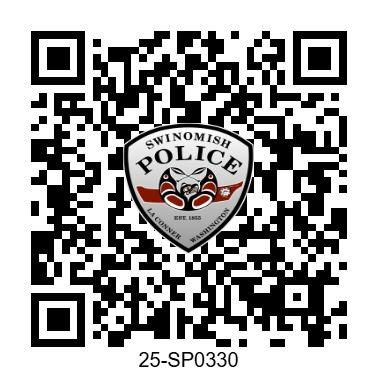
Online reports must meet these criteria:
‣ The incident is not in progress and does not require an immediate police response (“cold” incident).
‣ The report falls under one or more of these categories:
• Information: Share tips about crimes, drug activity, or suspicious behavior.
• Illegal Dumping: Report unlawful garbage dumping.
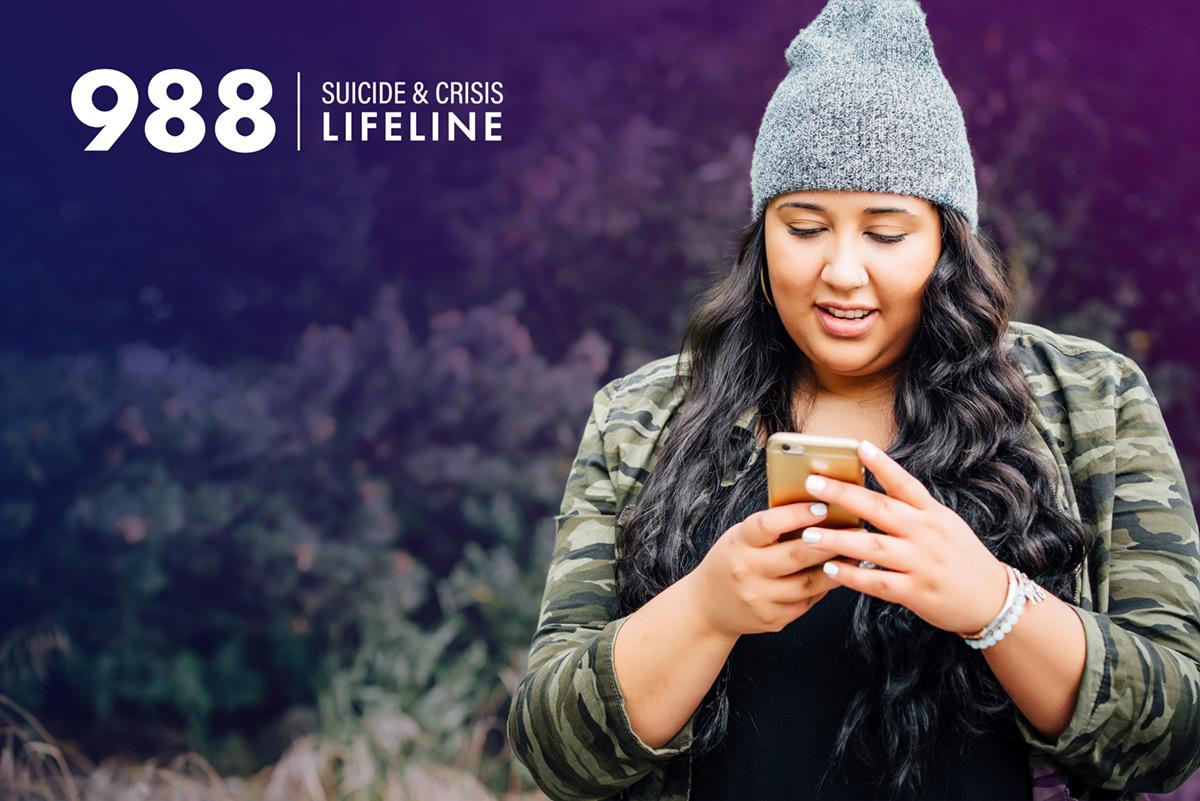
Reports go directly to the Swinomish Police Department and are monitored daily
Text “BIA-Swinomish” to 847411 to reach the Bureau of Indian Affairs (BIA). The Swinomish Police work closely with the BIA Division of Drug Enforcement and communicate almost daily. BIA agents screen texts and share information with Swinomish for discussion and follow-up.
Your voice matters. Your safety matters. Together, we can keep our community strong and connected.
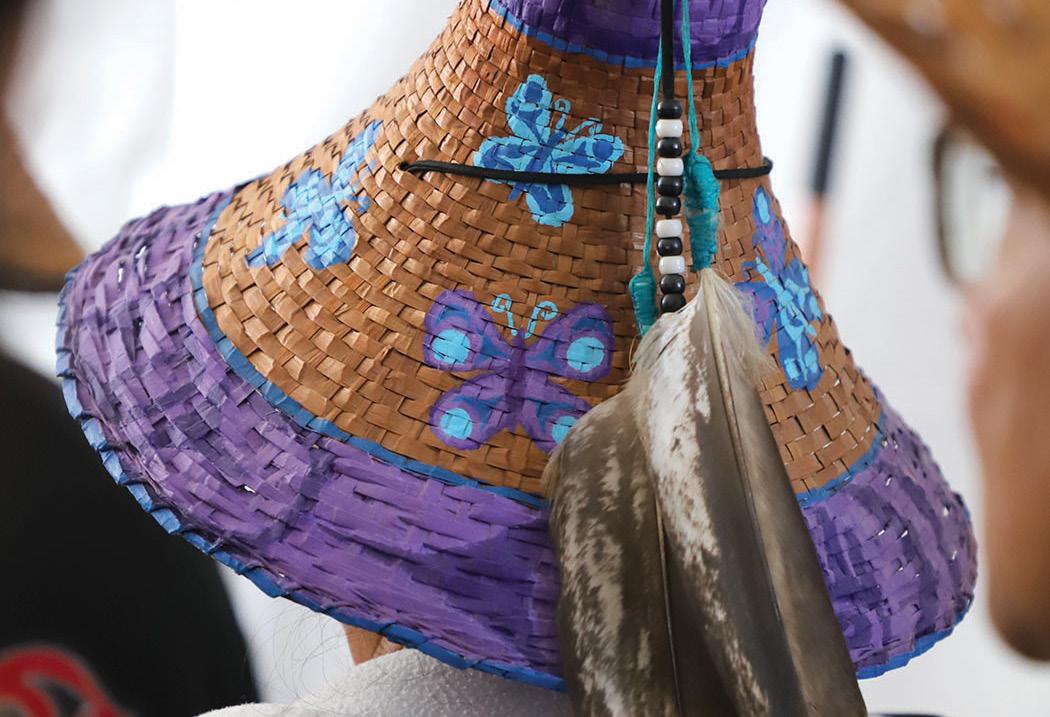
Indigenous Peoples' Day is a day to reflect and honor the histories, resilience, and contributions of Native American and Indigenous communities. Observed on the second Monday of October, also recognized as Columbus Day, it reclaims the narrative of the people who were here long before European settlers.
Today, we commemorate our lands, languages, traditions, and knowledge. Today, we reflect on the displacement and oppression Indigenous peoples faced and overcame.
Today is a day to celebrate. We are still here.
OCTOBER 31
Halloween Party, 5-8 p.m. Boys & Girls Club
NOVEMBER 4
Senate Meeting, 9 a.m. Senate Chamber or Zoom
NOVEMBER 6
Spending Frenzy, 6-8 p.m. Social Services
NOVEMBER 11
Veterans Day
NOVEMBER 18
Tasting Table, 12-1 p.m. Fitness Center
NOVEMBER 19
Community Update Meeting: Police Department, Emergency Management + Wildlife Enforcement, 6-7 p.m. Senate Chamber or Zoom
NOVEMBER 27
Thanksgiving Day
DECEMBER 10
From the Tribe for Swinomish household members: Christmas Candy Bags and Smoked Fish 10 a.m.-6 p.m. Social Services
FRIDAY, OCTOBER 31 5-8PM
AT THE SWINOMISH BOYS & GIRLS CLUB
PIZZA | CANDY | GAMES | PRIZES
Hosted by the Boys & Girls Club with support from Swinomish Behavioral Health
Gary Lee Day Jr. was born June 10, 1981, and walked on September 23, 2025. He was a gentle and kind soul who faced the challenges of life by bringing joy and love to those around him. Gary was the son of Rhonda Dan and Gary Day Sr., and came from the Edwards, Day, Dan, and Damien families. At the age of five, he joined his sisters Nicole and Laura in the home of the Knott family, where he was embraced by Charles and Kay, and became a big brother to josh and Melinda. He attended Immaculate Conception Regional School and later Grandmother Laura, Aunt Barb, and his extended Swinomish family. He took part in Easter, Christmas, and other gatherings, including times of learning the Edwards family song. Gary loved sports of every kind – baseball, football, wrestling – but basketball was his greatest passion. From childhood through adulthood, he was happiest on the court, shooting hoops until he had to come inside for a quick break. He was always ready for a challenge and loved calling out until someone joined him in a game. Many of you reading this will remember being drawn into “hoop time” with Gary – you know who you are. He also enjoyed attending Mariners games, and he treasured time with his family – his sisters, brother, aunties, uncles, cousins, and especially the children of his late cousin Monica Cladoosby. Helping to raise them gave Gary Strength and purpose in his later years. He was proud to share stories of their latest adventures, always with a smile. Gary will be remembered for his warm heart, his playful spirit, and the way he made people feel at ease. He brought smiles and laughter wherever he went, and his presence will be deeply missed by all who loved him. Gary is survived by sister, Corrine Day, Nicole Day, Laura (Steve) Nagel, Melinda (Dan) Comnick, and brother, Josh (Dayana) Knott and Son Bryan Wolfe, and numerous cousins, nieces, nephews, aunts, and uncles. Gary is preceded in death by grandparents, Pauline (Damien) Dan, Alvin Dan, August Day, Corinne (Edwards) Day, and parents Gary Lee Day Sr.(Manny), and Rhonda Dan.
A member of the Swinomish Tribal Community was called home on September 30, 2025. Mario was born in Anacortes, WA, on May 25, 1975, to Floyd Merian and Gwen John. Mario graduated from La Conner High School in 1992. He went to work for March Point Saw Mill, and he was a long-time commercial fisherman. Mario also did odd jobs for everyone in the Swinomish and La Conner areas. Mario was baptized in the Pentecostal church, and he became a member of the Swinomish Smokehouse Organization in 1995. Mario was one of the very first ones to be initiated in the local room when our Smokehouse was built. He was a native artist, and he loved to paint native designs on echo. His favorite times were spent crabbing and fishing on the water. Mario always made sure to take care of his mom, providing and caring for her. His daughter was the light of his life, he was so proud of her and always beamed with pride when he talked about her and his grandson. Mario had a gift for helping others; he walked and rode his bike around the village helping others with whatever they needed. Yocka-beck will be greatly missed by everyone he shared his love and his good gestures with.
He is survived by his mom, Gwen John-Cayou, dad Floyd Merian, sisters Vera Perry, LeeAndrea John-Cayou, daughter Lashan Merian, grandson Damian George, uncle Nathan John and numerous other aunts, uncles, cousins, and friends. Mario is preceded in death by his grandparents Emma (Williams) and Ramond Merian, Bernita John and Boyd Billy, a granddaughter Amya Andrew, his uncles Gilbert, Ray, and his auntie Marlita Jo.

As the weather shifts and we start spending more time inside, it is important to remember that illnesses like the flu, colds, and COVID-19 spread more easily indoors. With the fall season upon us and winter on its way, here are a few helpful considerations to think about before gathering with family and friends in indoors spaces.
Prevention is key. Schedule an appointment to get seasonal vaccines like COVID-19, flu, and RSV. Check with your healthcare provider to decide which vaccines are recommended for you. While vaccines might not completely prevent illness, they can help reduce the chances of serious complications like ending up in the hospital, and they also help protect the people around you.
Plan ahead to prevent illnesses from spreading to other guests at a gathering:
‣ Remind guests to stay home if they are not feeling well.
‣ Take a COVID-19 home test right before a planned event. If it is positive, you are likely infectious and should stay home.
‣ Consider guests who are immunocompromised or at high risk. Provide masks for anyone who would like one and have sanitizer available for on-thespot hand hygiene.
During the gathering find ways to improve indoor air quality and reduce the risk of spreading illness:
‣ Clean doorknobs and other high-contact surfaces frequently.
‣ Open a window to introduce fresh air into the space and keep air circulating. Opening a window just a crack 10 minutes each hour makes a difference!
‣ Air purifiers can also help to improve air quality.
Try to be flexible where you can. If a lot of illness is circulating in the community, it might be better to reschedule your gathering for another time. If rescheduling isn’t an option, consider asking guests to wear a mask to help keep everyone safe.
Prevention takes some planning, but it helps prevent illness and allows you to safely enjoy time with family and friends.
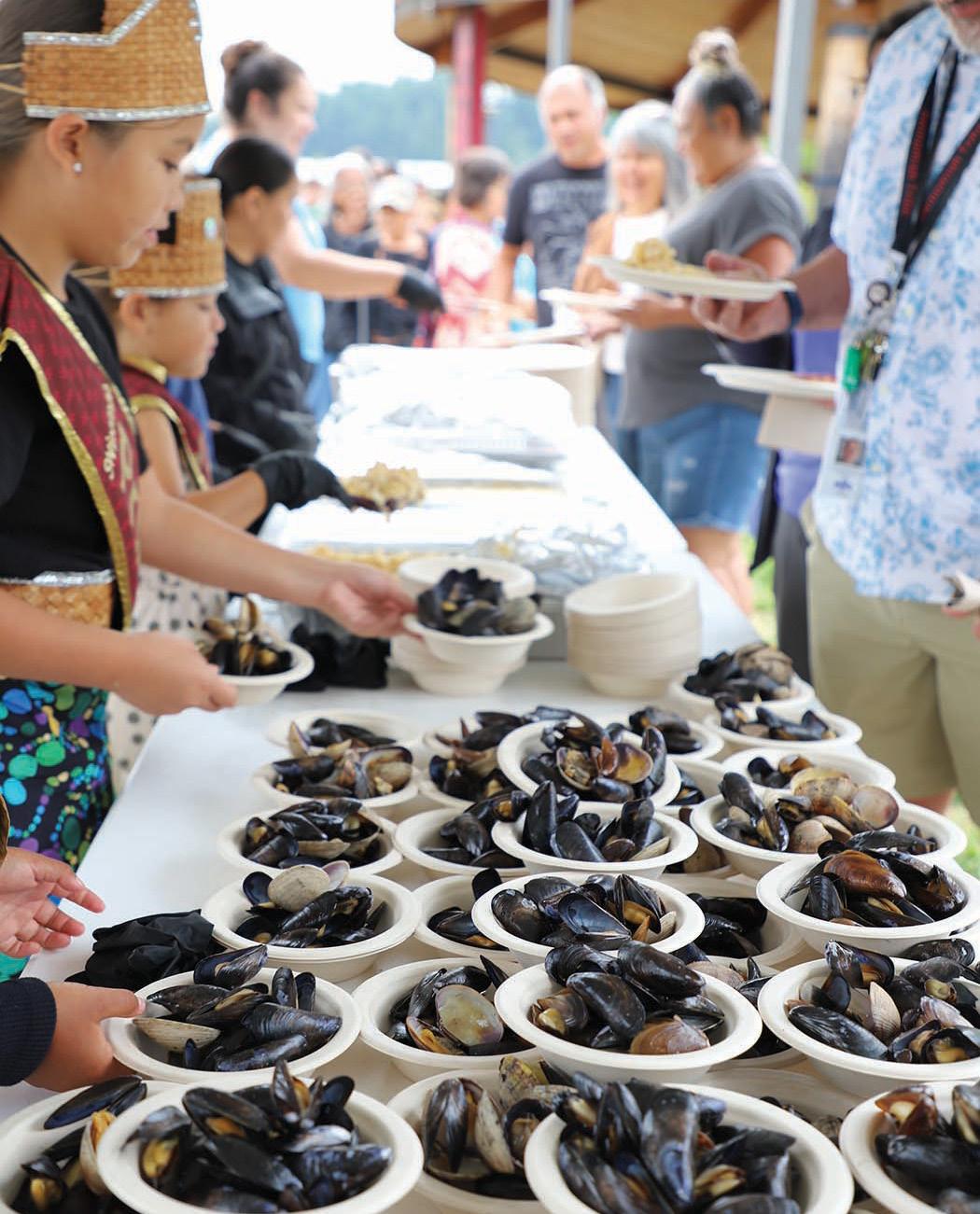
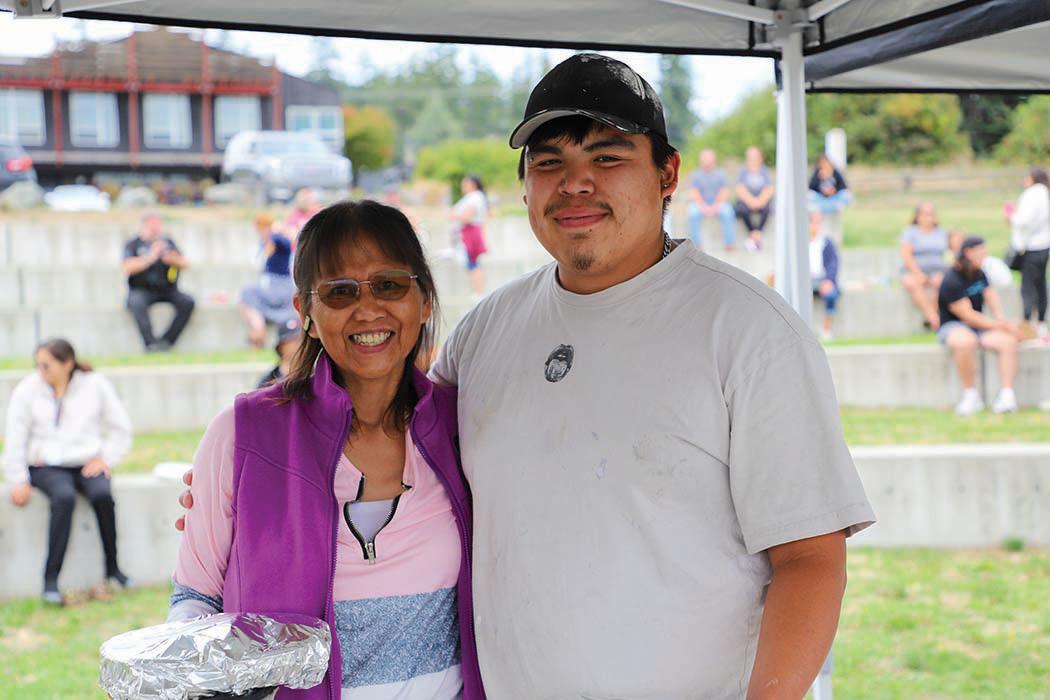

SWINOMISH PUBLIC HEALTH
Vaccines are one of the best things you can do to stay healthy and protect the health of those around you. There are three respiratory viruses to be prepared for this fall: COVID-19, Influenza (flu), and Respiratory Syncytial Virus (RSV).
Vaccine recommendations from the West Coast Health Alliance (WCHA) for the 2025-2026 season are in the table below. Call your primary care provider or Swinomish Medical at (360) 466- 3167 to schedule your vaccine appointment.
Children ‣ Infants aged 6-23 months
‣ Children aged 2-18 years with risk factors
‣ Children aged 2-18 years who have never been vaccinated against COVID-19
‣ All children who are in close contact with others who have risk factors
‣ All who choose to be protected
Pregnancy
All who are planning to be pregnant, are pregnant, postpartum, or lactating
Adults ‣ Aged 65 and older
‣ Younger than 65 with risk factors
‣ In close contact with others who have risk factors
‣ All who choose to be protected
All children 6 months and older ‣ Infants younger than 8 months
‣ Children aged 8-19 months with risk factors
All who are planning to be pregnant, are pregnant, postpartum, or lactating
All adults
All between 32-36 weeks of pregnancy
‣ Aged 75 and older
‣ Ages 5074 with risk factors
SWINOMISH DENTAL
Happy National Dental Hygiene Month to our Swinomish Dental hygienists for all the amazing and hard work they do!
Meet the hygienists:



Laura Kasayuli (Pomo)
Patients see our hygienists for checkups, cleanings, and x-rays. Not only do these care providers make everyone’s teeth sparkle, they provide important oral health education and often volunteer at community events – they love to see their patients outside of the office! Remember to schedule routine appointments at least twice a year.
How long have you been a hygienist?
I have been a dental hygienist for 35 years, and in the dental field for 44 years!
What is your favorite activity to do?
Hard to decide – I love looking for rocks and gems but also love to bead.
Tell us why you enjoy working for Swinomish Dental.
I enjoy being able to help at community events, like the Swinomish stop of Canoe Journey and Swinomish Days. I love visiting with elders, both at the Senior Center and home visits. What is your oral hygiene advice/recommendation you want to share with patients? You only have to brush and floss the teeth you want to keep!
Leah Thibert (Rosebud Sioux)
How long have you been a hygienist?
Thirteen years.
What is your favorite activity to do?
I have many favorite activities, but at the top of the list are reading, hiking, beachcombing, playing video games, traveling, and flossing teeth.
Tell us why you enjoy working for Swinomish Dental.
I enjoy feeling the sense of community here. I love looking out at the water and listening to elders share their stories.
What is your oral hygiene advice/recommendation you want to share with patients? Floss at least once a day, your gums will thank you.
How long have you been a hygienist?
I've been a dental hygienist for three years now, and I’ve loved every moment of it. From day one, I knew this profession was a perfect fit for me. It’s incredibly rewarding to help people feel confident in their smiles and stay healthy at the same time.
What is your favorite activity to do?
Outside the dental world, I enjoy reading, hiking, exploring new places, and spending quality time with family and friends. I love staying curious, whether I’m getting lost in a great book or discovering a new trail. These moments help me recharge and bring positive energy into the clinic each day.
Tell us why you enjoy working for Swinomish Dental.
Working at Swinomish Dental is more than just a job. It feels like being part of a community that truly cares. The team is supportive, the patients are wonderful, and there's a shared commitment to making a real difference in people’s lives. Plus, the clinic's focus on cultural respect and holistic care makes it a really special place to be.
What is your oral hygiene advice/recommendation you want to share with patients?
It might sound simple, but consistency is everything! Brush twice a day, floss like it’s your favorite daily habit, and never skip your professional cleanings. I also recommend using a tongue scraper daily. It helps reduce bacteria in the mouth and can significantly improve breath. Small habits really do make a big difference!
SARAH KELLOGG, COMMUNICATIONS DEPARTMENT
Congratulations to Bridgette Solomon, who was admitted to the Swinomish Tribal Bar as a tribal court law advocate on August 20. She recently earned a Tribal Court Legal Advocacy certificate through the National Tribal Trial College at the University of Wisconsin.
This program is a six-month course that teaches people how to litigate specific legal needs in tribal courts, such as child custody, divorce, domestic violence protection order, and victim rights. Participants complete 200 hours of online coursework before traveling to Madison for a 40-hour in-person litigation skills training.

Judge Mary Cardoza said she is “really happy” to have Bridgette as a spokesperson for the Swinomish community and others in the jurisdiction, while Lt. Velma Lockrem shared, “I know you’re going to do great things.”
My name is Bridgette Solomon. I am a Lummi tribal member who moved here to Swinomish with my husband James Washington around 13 years ago. We created roots here – and I love this community. The support of James, our family, and children has helped shape me into the person I am today.
The victim witness advocate program was started here in 2020. I created the program from the ground up as the Swinomish Police Department did not have an advocate before this time.
I started out by supporting victims/survivors by phone and in person. Once I learned about the court system, I was able to help file domestic violence civil forms and attend court hearings with survivors.
The National Tribal Trial College at the University of Wisconsin taught me more about how to work with the Swinomish Tribal Code and civil forms filing.
We practiced how to represent survivors in a mock trial setting – roleplaying with judges, attorneys, and other advocates who gave us feedback about how we should hold ourselves, what words to use, and how we must face our public speaking fears.
The course was amazing in terms of being able to meet new people working towards similar goals and learning their perspectives and approaches to different topics. The certificate program gave me the opportunity to be a spokesperson in a mock courtroom, and now I can represent cases in the Swinomish Tribal Court.
I can help survivors with domestic violence protection orders, anti-harassment protection orders, and most items that are filed with civil documents. I help the prosecutor in cases as well and am the go-to person for many survivors who need assistance finding help or resources.

September 30 - Kids ran happily across the vibrant green soccer field at La Conner Elementary School in their bright orange shirts – a poignant and powerful sight on Orange Shirt Day.
The school marked the day by reading Phyllis Webstad’s books, crafting orange ribbon bracelets, coloring, and smiling for photos. The K-3 students read "Phyllis's Orange Shirt," while 4th-8th graders read "Every Child Matters."
The day ended with a drone photo capturing the youth. With all their smiling faces and orange shirts, the kids were a touching tribute to Phyllis Webstad's message: “You matter.”
Thank you, La Conner School District, for helping our children learn about Orange Shirt Day and raising awareness about the intergenerational impacts of residential schools on Indigenous families and communities.
Every child matters.


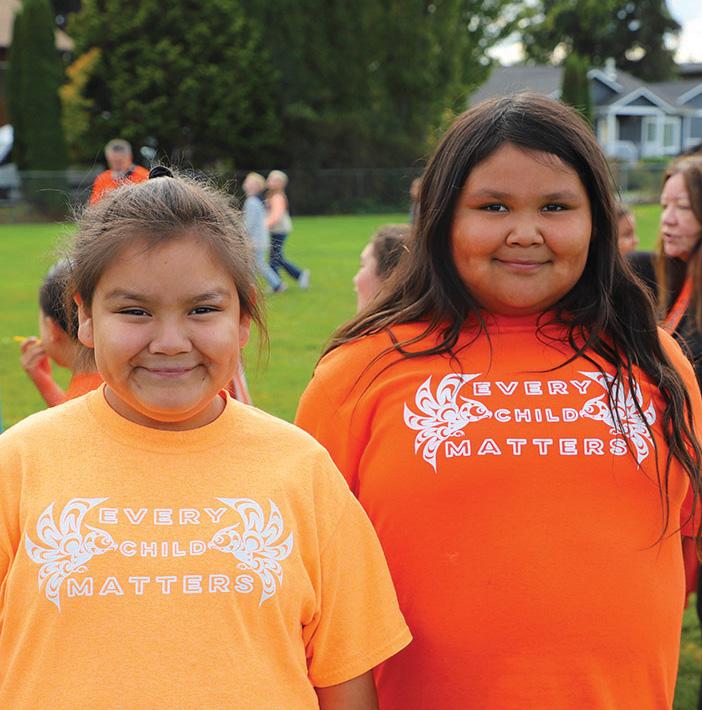
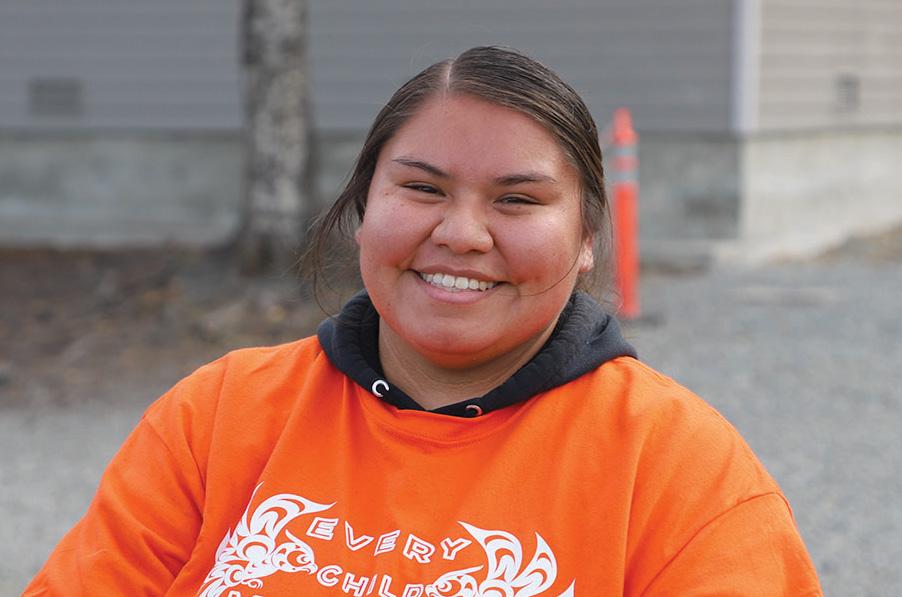
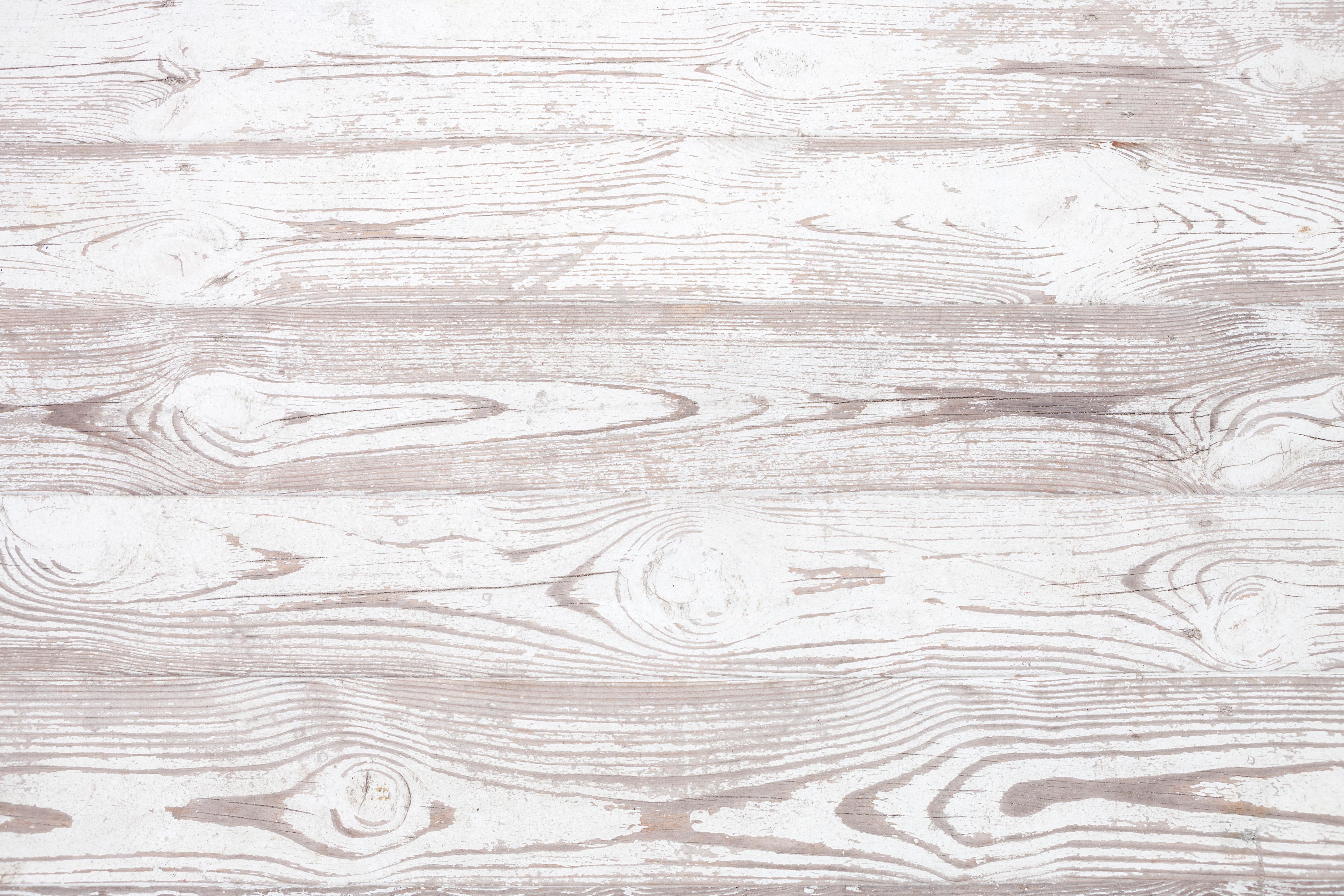
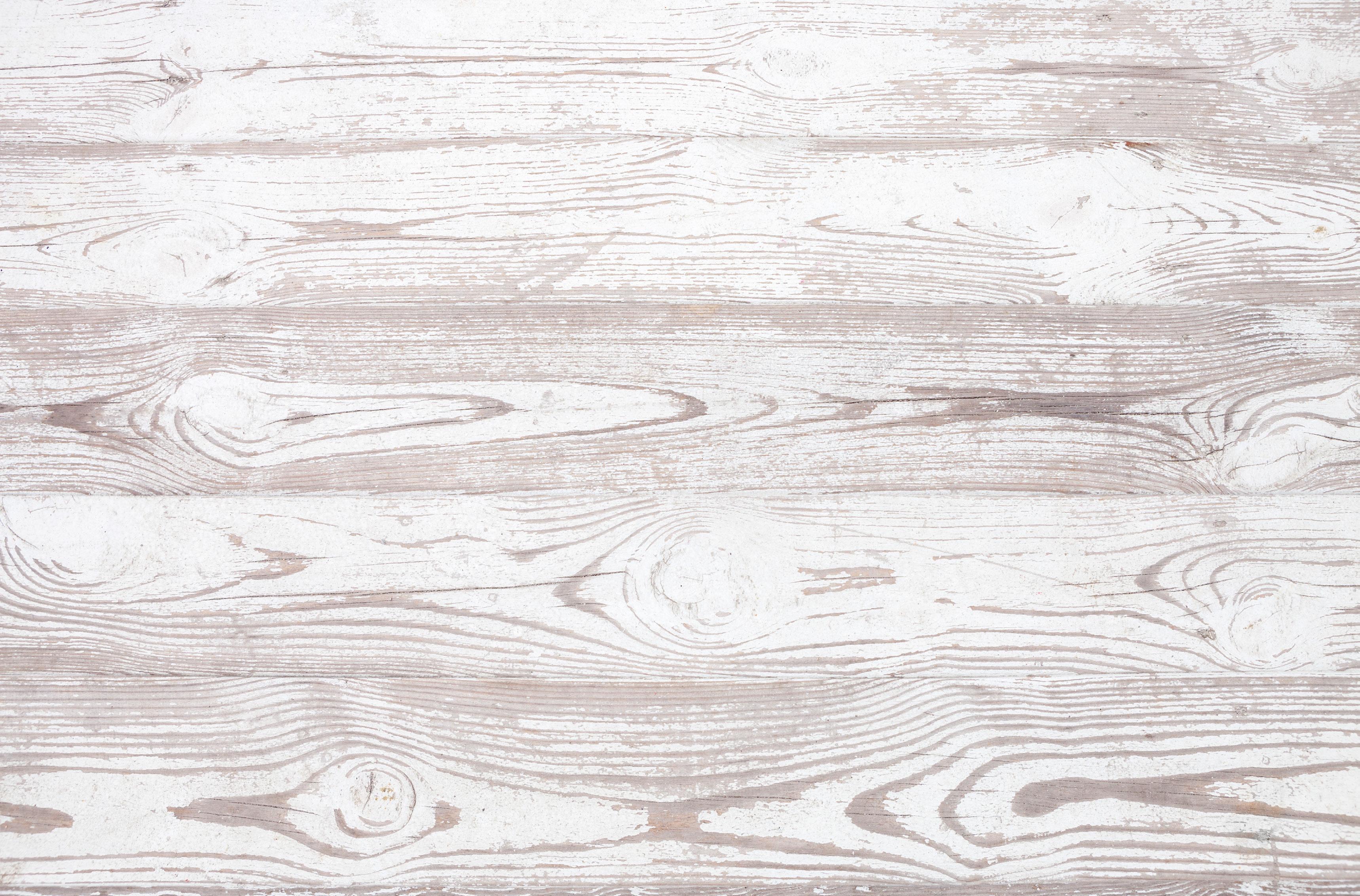
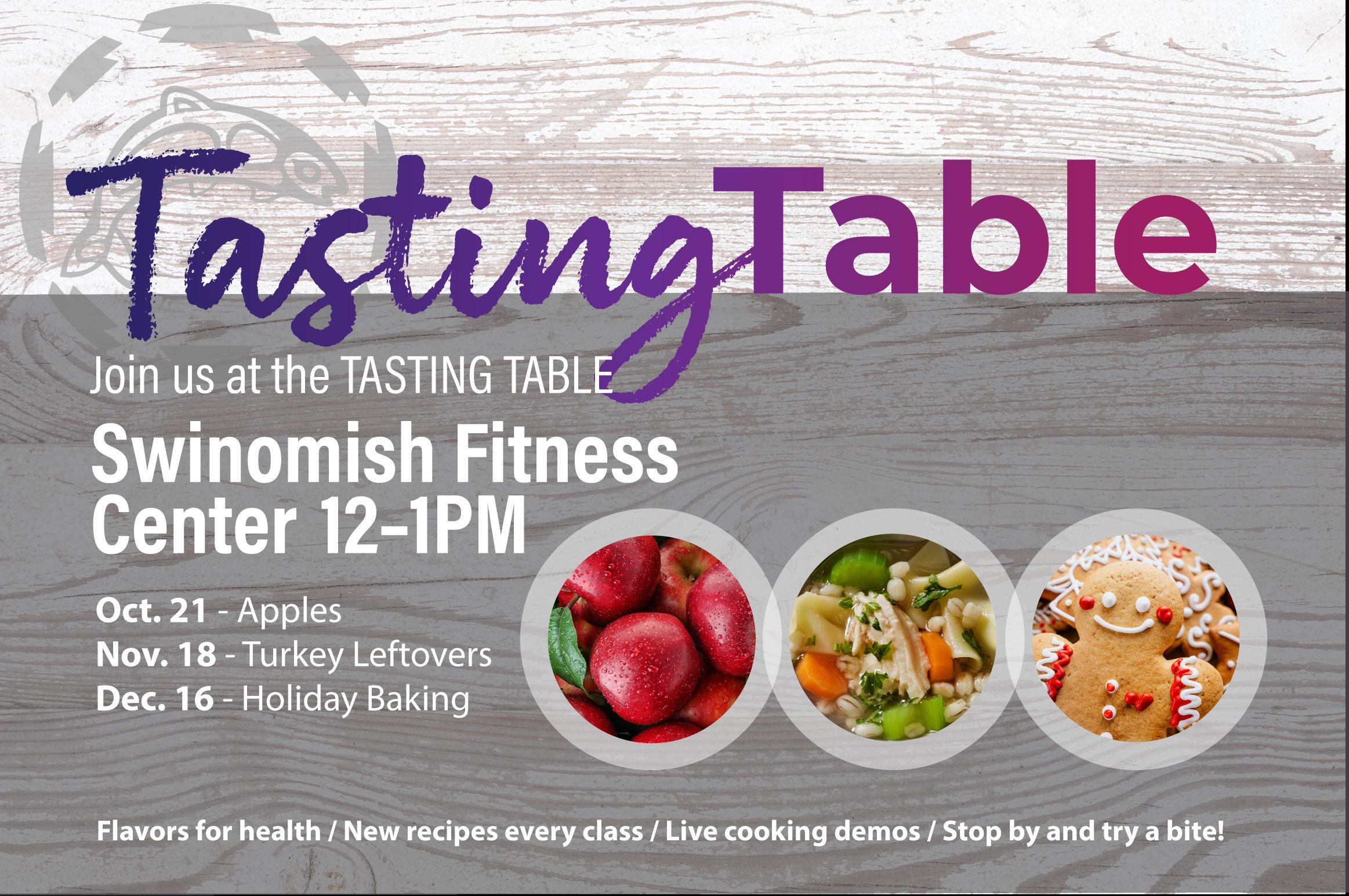
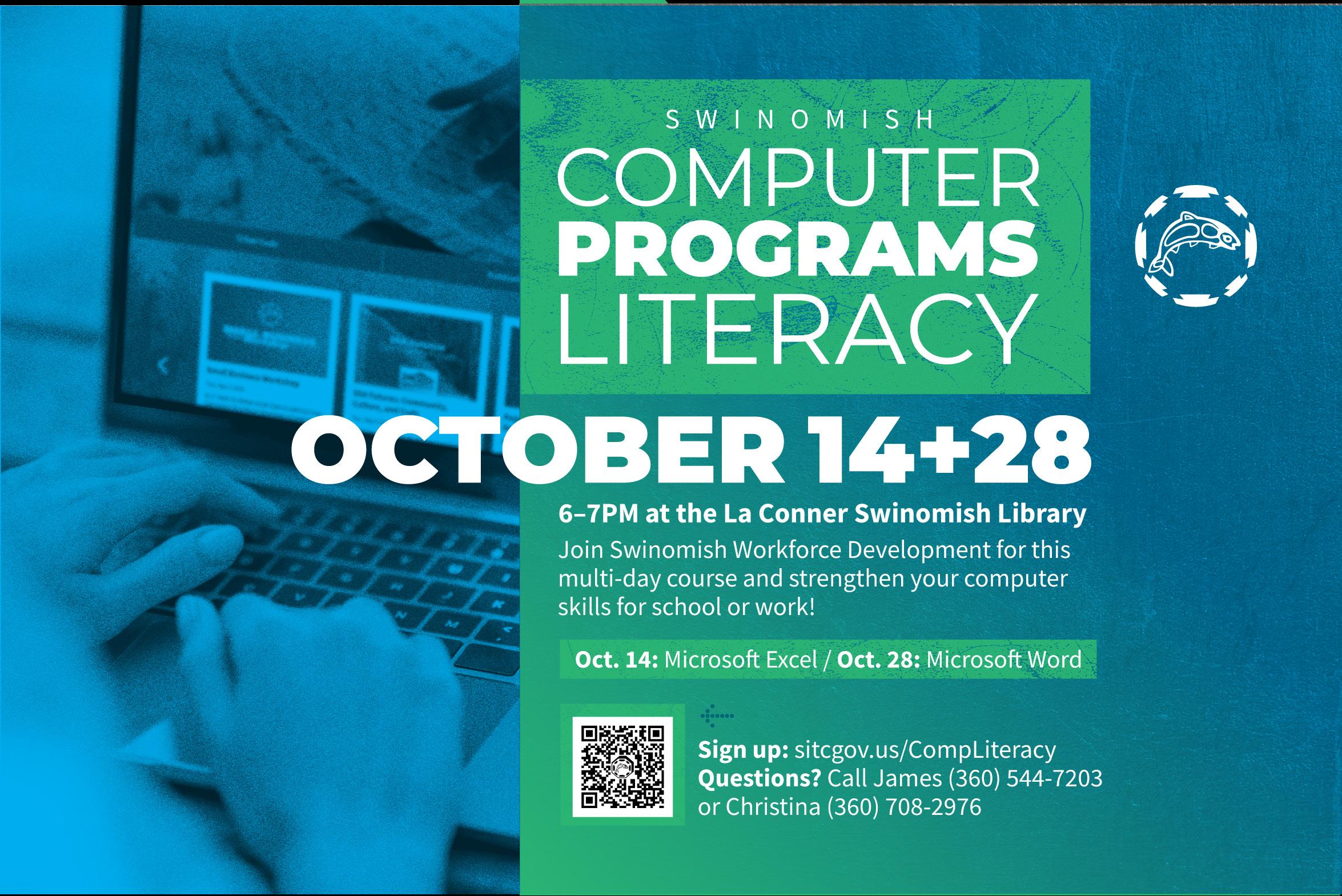

SARAH KELLOGG, SWINOMISH COMMUNICATIONS
September 10 - As their two-year, grant funded Swinomish Shorelines and Sensitive Areas (SSA) code evaluation project concludes, the Department of Environmental Protection hosted a forum to give community members an opportunity to learn about the project and its goals.
The current SSA code was adopted 20 years ago, prior to the landmark climate change proclamation and Climate Adaption Action Plan. Many changes have occurred since then, and the project was launched to assist in identifying areas where there have been updates to the best available science, to improve clarity, and to add groundwater protection – which is not covered under current code. The hope is that the report will support the creation of code that will be more resilient for the future.
The inclusion of community values has been an integral part of the update process. DEP staff were on hand with information and displays to share the results of community feedback obtained through their 2024 Environmental Learning Series. Attendees were encouraged to give further feedback about SSA topics; such as shoreline armoring, wetland activities, and wellhead protection.
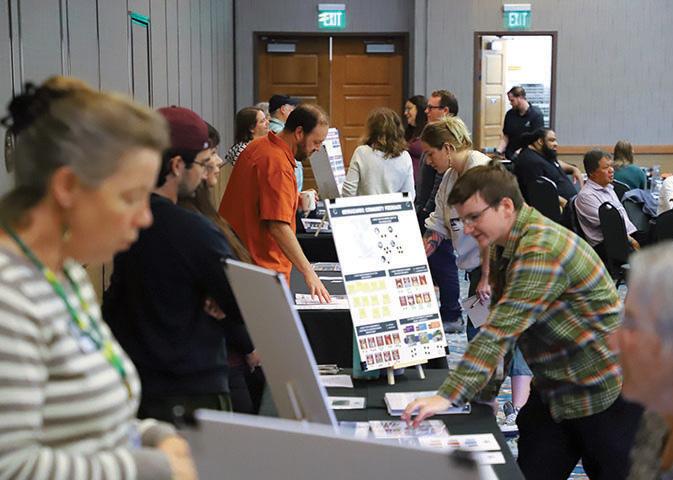
Rachel Gregg, a contractor from Environmental Science Associates who has been working with DEP on the project, spoke about the process and goals of the project – emphasizing that best available science includes traditional ecological knowledge and community values. Brian Cladoosby, Todd Mitchell, and Alana Quintasket were present for a panel discussion about the climate change proclamation, the code updates, and community values.
DEP staff were “jazzed” about the higher than anticipated turnout.
You can read more about the project in “Shoreline and Sensitive Areas Technical Assessment and Recommendations Report Project” in the June 2024 qyuuqs News, and “The Future of Swinomish Shorelines and Sensitive Areas” in the July 2025 issue.


With propane torches fired on and bundles of straw for ignition, the Tribe conducted a controlled .15-acre camas burn on September 23. Burns are a historic tool for the Swinomish people. They release camas seeds into the soil and reduce invasive plant species. The restoration of this practice is as environmentally important as it is culturally significant.
The burn event began with words from three strong Swinomish women:
“It’s been a while since Swinomish had prescribed burns; our ancestors would be proud.” – Jen Willup
“Our ancestors wanted us to keep our language and culture alive.” – Lona Wilbur, Swinomish Elder
“Camas burning is healing for our people. It is one of many steps to reclaim our sovereignty and to reclaim our strength.” – Anna Cook
Thank you, Department of Environmental Protection, for organizing this important work.


Native Olympia oysters have been found in Swinomish shell middens dating back hundreds of years. Restoration of this tiny but mighty creature goes hand in hand with salmon restoration, but many of their connections are still a mystery.
Juvenile salmon often hang out around native oyster beds, especially in the spring. We assume that, like many of us, their motivation is food related. However, to prove this we had to investigate some oyster tummies, pull out our microscopes, and add up the numbers.
The Swinomish Fisheries Department began reintroducing Olympia oyster (Ostrea lurida) to the beaches of Lone Tree and Kiket over a decade ago. Along the way we asked a few important questions to help us better understand what role this native species plays along the tidelands.
Specifically, we asked:
Do different creatures hang out when native oysters are around?
What are young salmon around restoration beds eating?
Is more young salmon food available on native oyster beds?
Answering these questions involved collecting water and fish samples from on and off of the oyster restoration beds. Water samples were collected using an underwater vacuum that could collect water from right above the oyster shell or bare sand. Juvenile salmon were netted on and off of the restoration beds and their stomach contents were collected. All the microscopic creatures found in these samples were identified and compared.
Using these methods, we were able to figure out if native oysters truly are an important part of the food web that feeds young salmon. Stay tuned for the next installment of “Ask an Oyster,” where we will reveal the study’s results and give a breakdown of what we discovered!
A special thanks to Skagit River Systems Cooperative (SRSC), Jamestown S’Klallam Tribe, and Jeff Cordell for their assistance with this research.
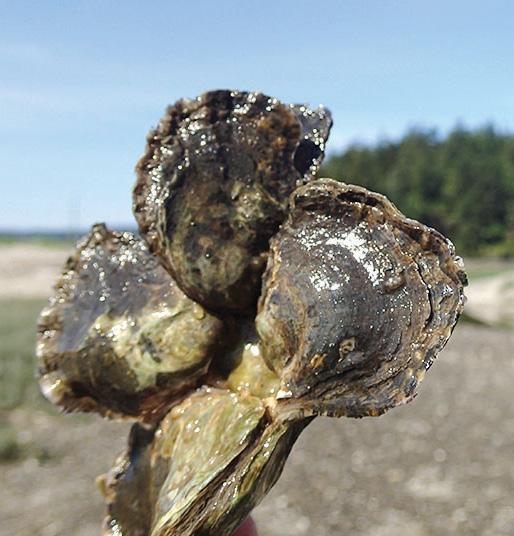

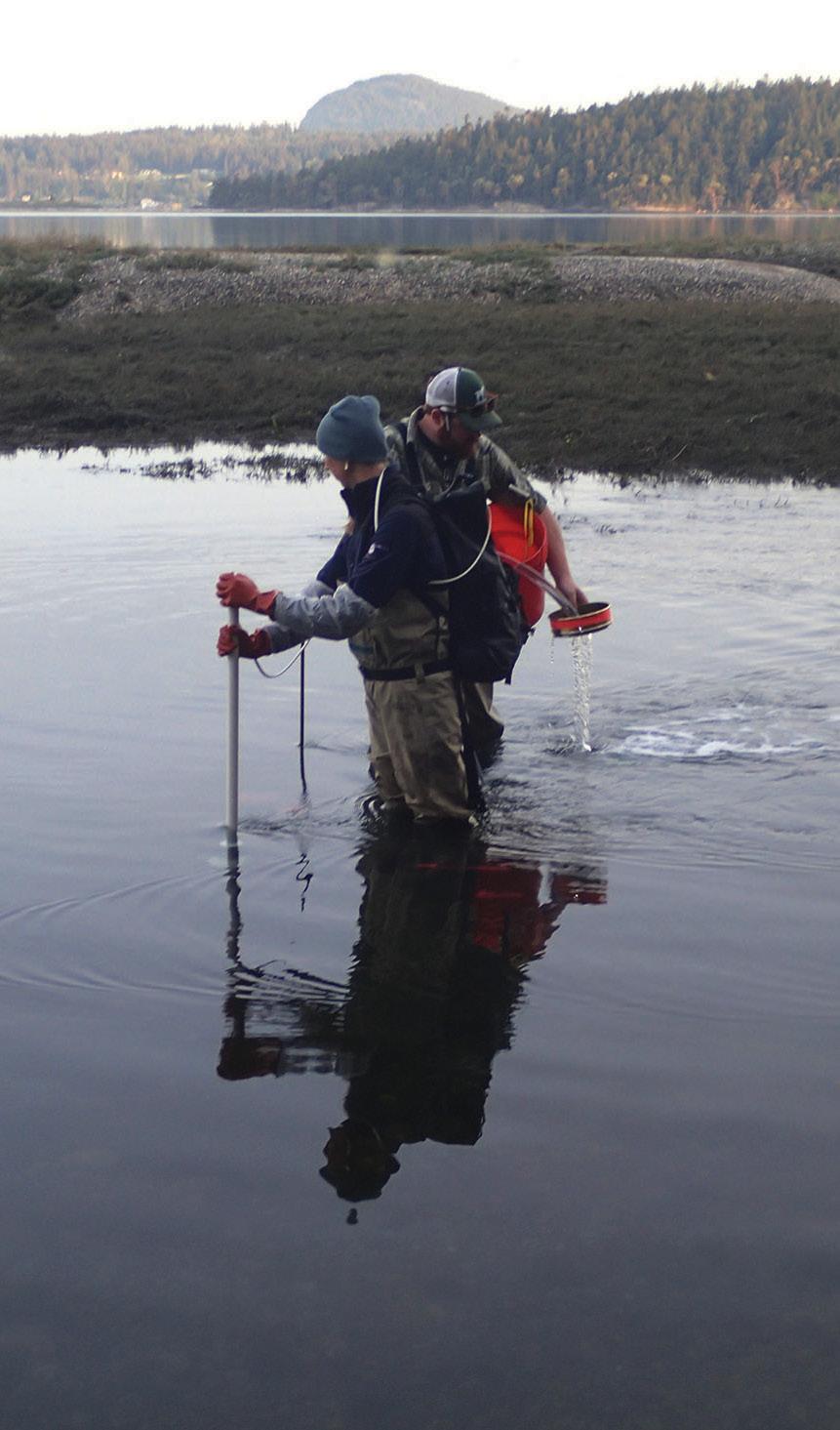
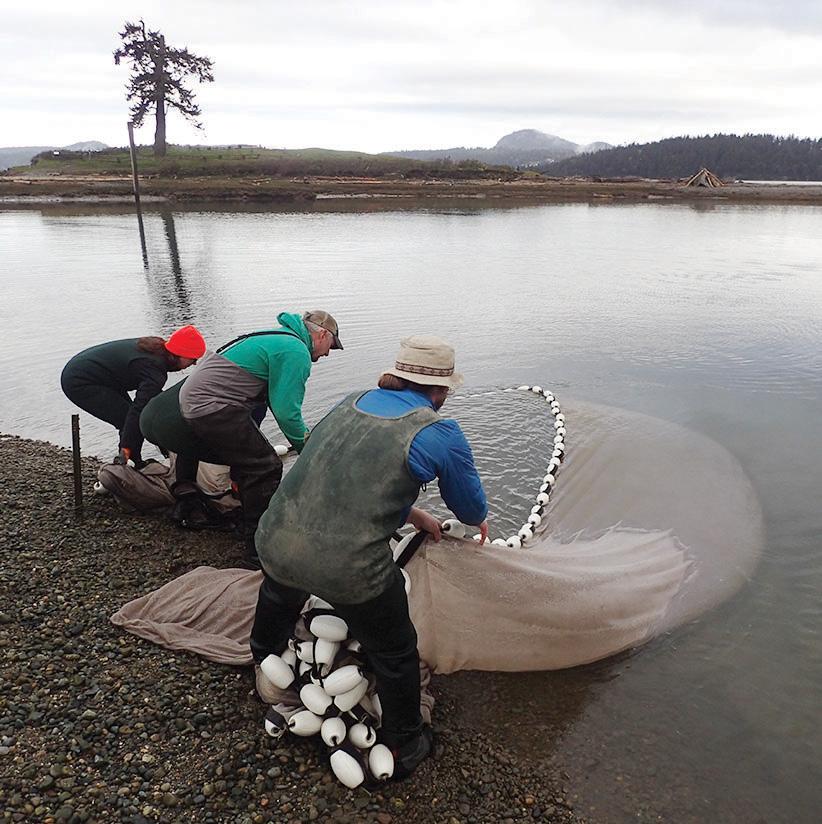
The Swinomish Youth Council is back in session and has filled its leadership positions for the first time since the COVID-19 pandemic began!
Congratulations to these newly elected officers:
‣ Co-President Katarina Edwards
‣ Co-President Alfonso Sampson
‣ Vice President Lauren Edwards
‣ Secretary Lorena Edwards (not pictured)
‣ Treasurer Duron Clark
Four officers attended the Senate meeting held October 7 to introduce themselves. Vice Chairman Brian Porter welcomed the youth leaders, saying, “You’re preparing yourself to take our place someday,” and added that "leadership just happens, whether you plan for it or not.”
Senator Alana Quintasket, a former Youth Council member, added to the sentiment, “I’m excited to see all that you accomplish, and we’re here to support you.”
The Swinomish Youth Council is part of the UNITY network. UNITY is a national network organization promoting personal development, citizenship, and leadership among Native American youth. UNITY has a growing number of affiliated youth councils, which currently stands at 320 in operation in 36 states.
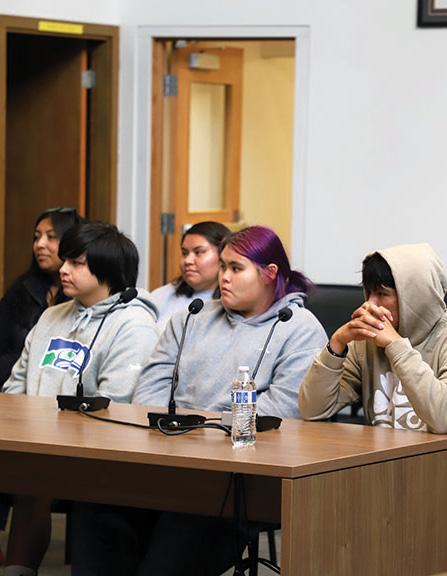

SARAH KELLOGG, SWINOMISH COMMUNICATIONS
Autumn in the Pacific Northwest means many things; the return of rain, cooler temperatures, and an abundance of mushrooms. Mushrooms and other fungi are often associated with decay – and it’s true they are decomposers that play a key ecological role as nature’s “recyclers.”
Mushrooms and other fungi grow on dead and living trees, breaking down the cellulose and other materials that make up tree tissues. This breakdown frees up important nutrients for microbes, insects, and plants. Some, such as oyster mushrooms, have even been used to break down harmful contaminants in the environment in a process called mycoremediation!
But there is more than meets the eye: mushrooms are just the reproductive bodies of a fungus. What exists underground beneath them is an expansive network of fungal mycelium and tree roots, connected in a profound relationship of reciprocity.
What is Mycelium? What are Mycorrhizae?
The mycelium is the part of the fungi that is under the soil, similar to a plant root, composed of fine, branching threads called hyphae. The mycelium is what secretes the enzymes that help break down organic materials like trees, leaf litter, animals, and so on into nutrients that can then be absorbed.
Mycelium can extend over large areas; the largest living fungus is a colony of Armillaria in the Malheur National Forest in eastern Oregon. Known as the “Humongous Fungus,” it is estimated to cover 3.4 square miles, potentially weigh as much as 35,000 pounds, and is 2,400 years old. Another large colony of Armillaria found in northern Michigan covers over 91 acres and weighs 44 tons. A mycelium network DNA test confirms it is all part of the same organism.
The mycorrhizal network is the symbiotic “fungusroot” network in which fungi are able to receive sugars produced by trees and other plants, and in return, the fungi help trees to absorb water and nutrients from the soil. Other benefits include disease resistance, soil health, and biodiversity support. Most land plants form some form of relationship with mycorrhizae, with about 80% of species having these associations.
Right: Visible mycelium in soil. Mycelium is similar to a plant root and is composed of fine, branching threads called "hyphae."
In “Braiding Sweetgrass,” Potawatomi botanist Robin Wall Kimmerer speaks frequently of reciprocity and relationship. In the chapter Council of the Pecans, Wall muses about the phenomenon of “mast fruiting” – an event in which all trees of a species fruit at the same time.
“The trees act not as individuals, but somehow as a collective,” she writes. “In the old times, our elders say, the trees talked to each other. They’d stand in council and craft a plan.” She hypothesizes that mycorrhizae might be responsible, calling them “a kind of Robin Hood.”
Studies reaffirm this traditional ecological knowledge. Curious about the effects of the logging industry on forest health, forestry scientist and conservationist Dr. Suzanne Simard began her research in British Columbia in the 1990s. Using radioactive isotopes, she was able to determine that paper birch and Douglas fir trees were using an underground network to interact with each other and exchange resources. She learned that, in the summer, when the Douglas firs were more shaded, they received excess carbon from the birch trees. When the birch trees lost their leaves in the fall the relationship reversed with the still photosynthesizing Douglas firs sharing excess carbon in return.
Not only do trees use the mycelium network to share resources, but Simard’s research shows they also use it to send and receive chemical messages. Trees use this network to send stress signals and warn each other about pests and disease, giving other trees time to build up their defenses.

IMAGE RIGHT: THE MUTUALLY SYMBIOTIC RELATIONSHIP BETWEEN MUSHROOMS AND TREES. MUSHROOMS ARE ABLE TO BREAK DOWN NUTRIENTS FROM ORGANIC MATTER, WHICH THEY SHARE WITH TREES ALONG WITH WATER. TREES IN RETURN SHARE WITH THE MUSHROOMS SUGARS THAT THEY CREATE FROM PHOTOSYNTHESIS.

The Mother Tree Project, an extension of Suzanne Simard’s work launched in 2015, integrates scientific inquiry with traditional ecological knowledge. Mother trees are the biggest trees in the forest. They are connected to and communicate with other trees and plants. Being older, they have the most mycorrhizal connections and deeper roots. They act as central hubs in the forest – they can be connected to hundreds of other trees. Mother trees support saplings through carbon transfer – and even recognize their own kin!
Traditional forestry treats trees as individuals. The Mother Tree Project shows that trees live in community and, when forests are harvested, keeping the mother trees keeps the mycorrhizal networks intact, which helps the forest regenerate. Resilience in forests, especially in the face of climate change, depends on supporting these trees and their mycorrhizal networks.
Robin Wall Kimmerer concludes her musing in the Council of Pecans chapter with, “A kind of Robin Hood, they take from the rich and give to the poor so that all the trees arrive at the same carbon surplus at the same time. They weave a web of reciprocity, of giving and taking. In this way, the trees all act as one because the fungi have connected them. Through unity, survival. Soil, fungus, tree, squirrel, boy — all are the beneficiaries of reciprocity.”
‣ Visit the Mother Tree Project: mothertreeproject.org
‣ Watch Dr. Simard’s TED Talks
‣ Read “Braiding Sweetgrass” by Robin Wall Kimmer
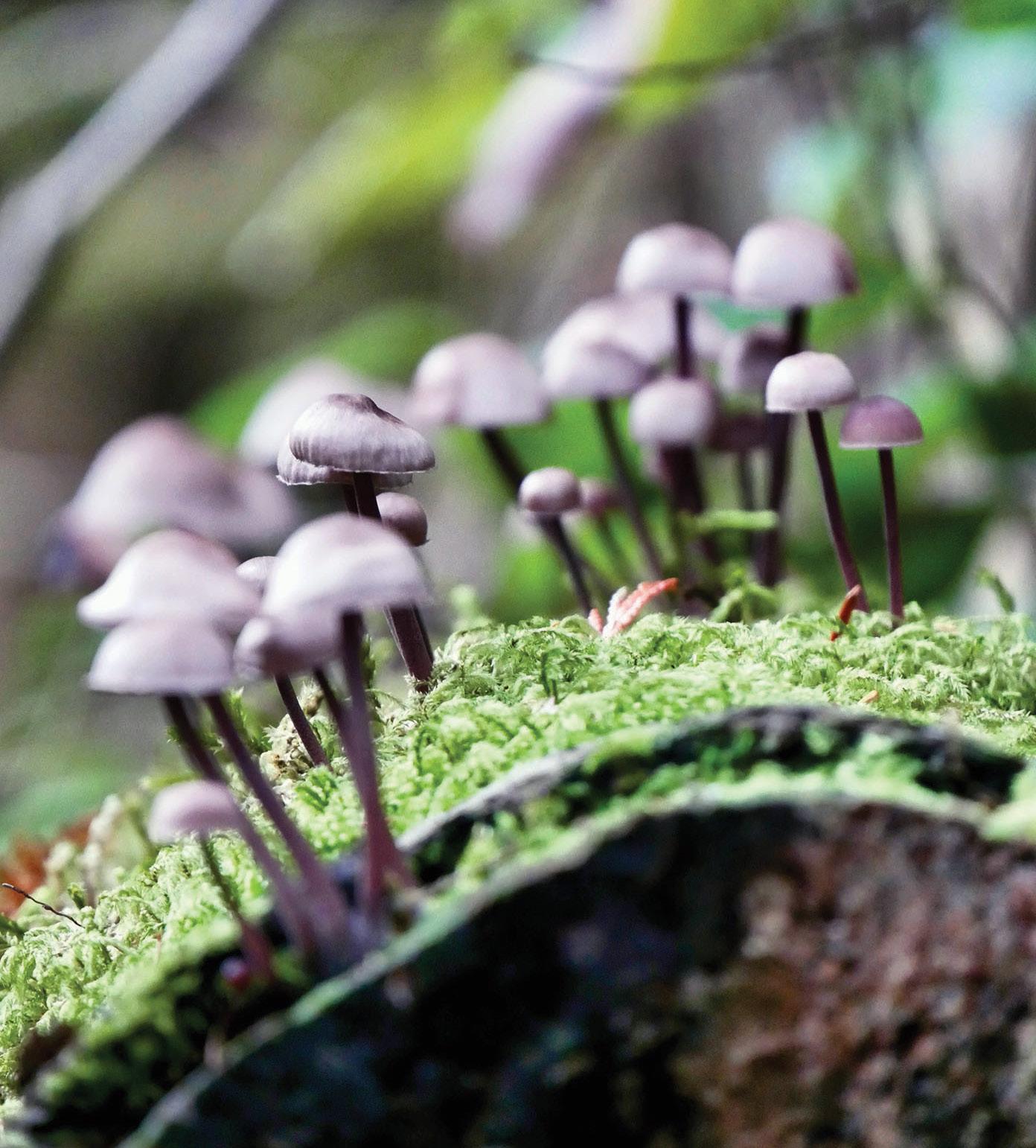

What’s going on? Our homelands and waters are being impacted by climate change. Tribal members carry knowledge and connections to these places built over generations, and lived experience of the changes happening today. These insights guide how Swinomish responds to climate change.
Community Input
Swinomish people know what matters most. That’s why community guidance is essential in shaping the updated Climate Adaptation Action Plan (CAAP).
In 2024, we connected with the community at a Back2School event, an Elders’ Lunch, and through a community survey.
We asked: “Which of these eight culturally important plants and animals should we protect first?”



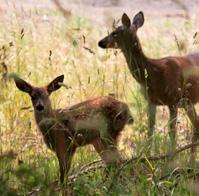



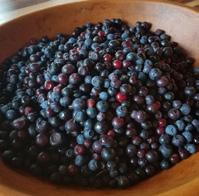
Even though everything is important, we need to know what the community feels is most vulnerable to climate change, and how to prioritize time and energy over the next 5 to 10 years.
Across all community groups, Salmon was the clear top priority, followed by Cedar and Dungeness Crab.


What’s going on? Our homelands and waters are being impacted by climate change. Swinomish staff are working on many projects to protect and sustain the Swinomish people in the face of climate impacts. But more needs to be done, and we must all work together.
We held staff workshops and a survey in 2024–2025 to better understand ongoing work, collaboration opportunities, where support is needed, and what to prioritize next.
Swinomish and SRSC Staff identified 85+ ongoing projects in areas like:
✗ cultural and environmental conservation
✗ infrastructure and community preparedness
✗ climate data collection and analysis
✗ environmental policy
✗ floodplain and estuary habitat restoration
✗ fisheries research
✗ strategic planning
✗ youth and community engagement.

What the plan aims to achieve
• Maintain and restore critical ecosystems.
• Reduce risks from environmental hazards.
• Protect and sustain valued species.
• Promote community wellbeing and health.
• Advance cultural practices.
• Support the transition to renewable energy.
• Foster intergenerational learning.
• Promote youth environmental education.
• Strengthen internal communication systems.
• Bridge Swinomish and western science.
• Promote climate hope.
• Increase hiring and shared staffing capacity.
• Design community engagement with care.
• Secure long-term, stable funding.
• Develop clear implementation roadmaps.
• Monitor and restore lands and waters.

Did you know 1 in 8 women in the United States will be diagnosed with breast cancer during their lifetime?
For Native women, the risk is even higher – they are 7% more likely to get breast cancer than non-Hispanic white women. They’re also more likely to be diagnosed before the age of 50 and at later stages of the disease, when it’s harder to treat. Breast cancer is the second leading cause of cancer deaths among Native women.
The good news is that while breast cancer can’t always be prevented, there are steps you can take to lower your risk and catch it early, which is when it is most treatable. Regular screenings, knowing your family history, and living a healthy lifestyle all play a role.
‣ Know your risk. The chances of getting cancer are based on many things, like genetics, lifestyle, and environmental factors. Family history, such as a mother, aunt, grandmother, or sister with breast cancer, can indicate elevated risk; age is a factor, as is breast density, which not only increases risk but can “disguise” cancer on a mammogram.
‣ Get regular screenings. Mammograms remain the best way to detect breast cancer early, when it is most treatable. Current guidelines recommend getting a mammogram every other year beginning at age 40. Your doctor may recommend more frequent screenings.
‣ Breastfeeding. Breastfeeding lowers estrogen levels, and every 12 months of breastfeeding drops a woman’s cancer risk by more than 4%.
‣ Maintain a healthy weight. Extra fat tissue can lead to the creation of more insulin and estrogen, both linked to an increased risk for breast cancer. Alcohol consumption is also linked to breast cancer risk. Maintaining a healthy weight, limiting alcohol intake, and exercising at least three days a week are recommended to lower risk.
‣ Stop smoking. Smoking cigarettes increases the risk for many types of cancer, including breast cancer.
This October, take time to learn, share, and support breast cancer awareness – it could help save a life.

Being overweight is one of the main predictors of type 2 diabetes in children. Children’s height and weight are tracked at clinic visits and determine if a child is underweight, healthy weight, overweight, or obese.
All youth, age 10 and older, who are overweight or obese should be screened for diabetes.
Establishing healthy habits early helps prevent diabetes. Adults can help by providing access to nutritious foods, daily physical activity, and support for weight loss for overweight or obese youth.
Stay Active
Support youth in being physically active for one or more hours per day. Monitor screen time and set age-appropriate limits.
‣ Walk to school 15 minutes
‣ Biking or skateboarding 15 minutes
‣ Playing sports 30 minutes
TOTAL 1 hour
Aerobic activities use the body’s large muscles to strengthen the heart and lungs, such as brisk walking, skateboarding, biking, or any activity that raises the heart rate.
Strengthening activities can help the: Muscles - Climbing, doing push-ups, sit-ups, or pull-ups, or using resistance bands, free weights, and/or machine weights.
Bones - Jumping or running, including while playing basketball, lacrosse, and soccer.
Eat a Variety of Foods
Youth need a variety of whole foods like traditionally grown and prepared foods. Help youth try new foods and find ones they enjoy, such as:
FRUITS: Berries, melons, oranges, apples, peaches, pears, and dried cranberries.
VEGETABLES: Corn, beans, and squash, baby carrots, celery, cucumber, lettuce, and tomatoes
WHOLE GRAINS: Corn tortillas, oatmeal, corn meal, whole wheat bread, pasta, wild rice, and quinoa
PROTEIN: Lean beef, chicken or turkey, eggs, fish, beans, nuts, seeds, and tofu
DAIRY: Low-fat milk, yogurt, cheese, and lactose-free dairy, and fortified soy milk
GOOD FATS: Vegetable oil, seed and nut oils, olive oil, and oil in fish
Water first – offer a reusable water bottle to use daily. Drink water with meals. Try water infused with fresh fruit, or cucumber and mint.
Avoid drinks high in added sugar. Sugary drinks make it hard for youth to get the nutrients they need without extra calories. Limit 100% fruit juice to 8 ounces daily.
Prepare meals using whole foods and encourage tasting new and traditional foods. Get youth cooking! Help them learn skills like following a basic recipe, baking in the oven, and chopping vegetables.
Invite youth to participate in traditional harvesting, preservation, and preparation.
We all can do a lot to help youth prevent type 2 diabetes. The changes you make as a family today can help them achieve a healthier future.
Source: HS Division of Diabetes Treatment and Prevention - ihs.gov/diabetes

F R E N Z Y
NOVEMBER 6 6–8PM
SOCIAL SERVICES BUILDING
RECEIVE $40,000
Join us for food and fun as we learn about financial literacy JOIN
in (fake) cash and let's play the game of life!
This event is hosted by the Native American Parent Advisory Council (NAPAC), Swinomish Workforce Development, and Boys & Girls Club
SARAH KELLOGG, SWINOMISH COMMUNICATIONS
September 16 – It was a beautiful day to dedicate the Swinomish clam garden to the legacy of Swinomish’s own Lorraine Loomis. The Wilbur family, Fisheries staff, and community members gathered at Kukutali to unveil the ʔitəkʷbixʷ's Sea Garden, which includes a plaque mounted on a clam garden rock and a bench that reads, “We will never stop fighting for the health of our cultures, communities, and natural resources – and we will never stop defending out treaty rights.”
Shellfish staff member Joe Williams shared, “I’m just very proud that we’re able to dedicate this garden to Lorraine,” a sentiment echoed by others at the event.
“I was joking around with the Chairman one day and I said, ‘Chairman, I would hold her coffee and her cigarettes just to be in the room.’ I really looked up to her leadership, and just being in the room and listening to some of the conversations with the people that ensure that we get to carry on this way of life.” -Joe Williams
“On behalf of the family, it means a lot to have the tribe recognize Aunt Lorraine for the work and the dedication that she gave the community for 40 plus years.” -J.J. Wilbur
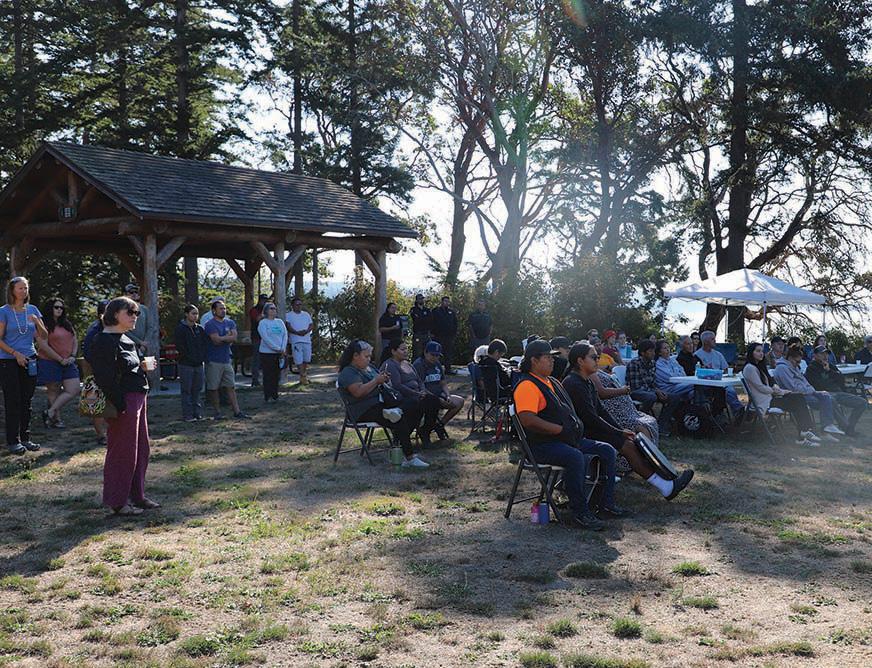

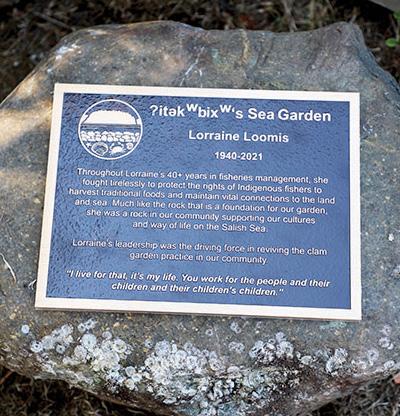
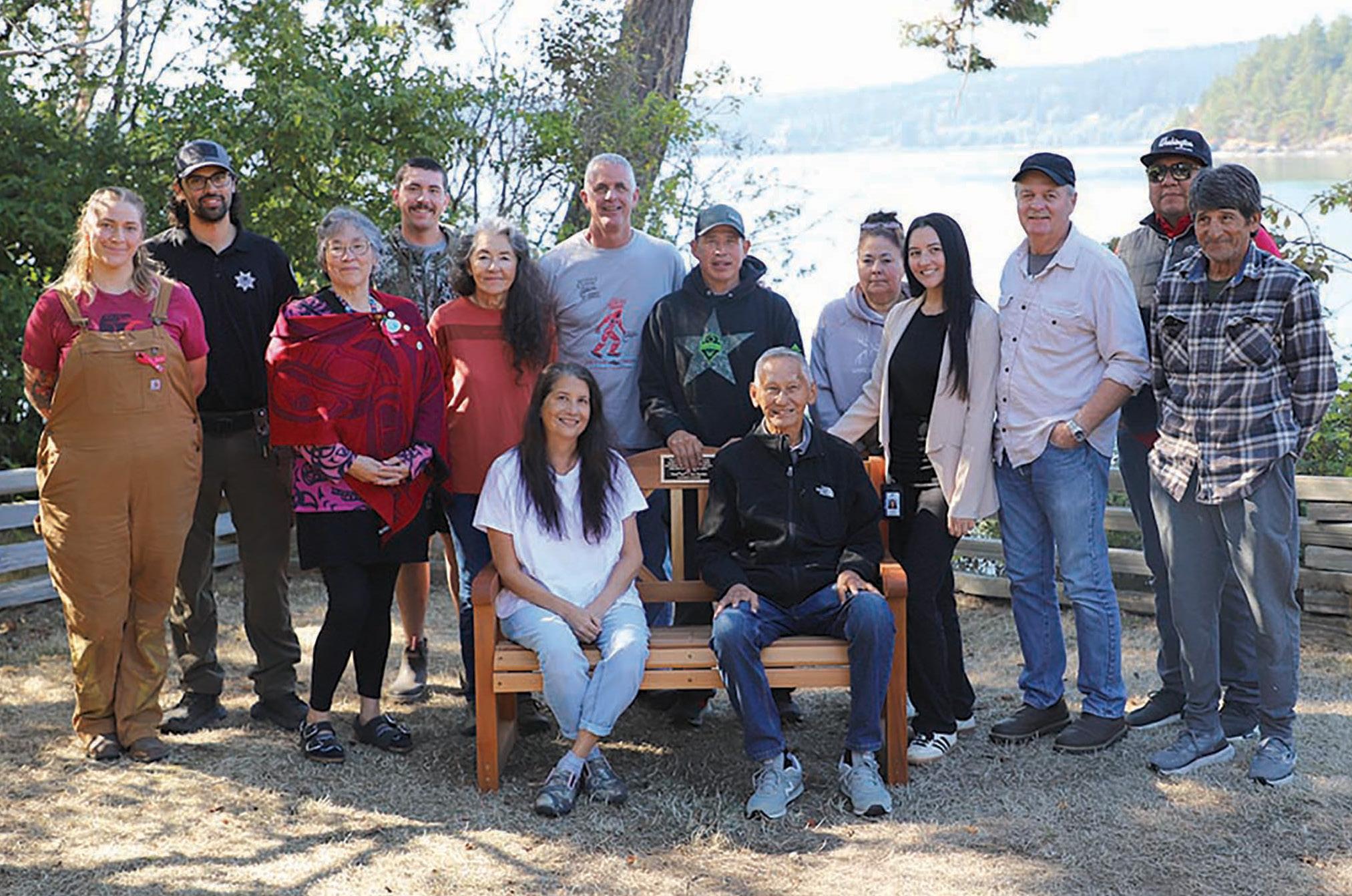
KAREN MITCHELL, DEPARTMENT OF ENVIRONMENTAL PROTECTION
It is that time of year again! Our long and sunny summer days give way to cooler fall temperatures and returning rains. The familiar smell of rain, the smell of petrichor, lets us know the rain is back.
But what is petrichor? Where does it come from?
By definition, petrichor is a distinctive, earthy, usually pleasant odor that is associated with rainfall especially when following a warm, dry period.
Soils covering nature’s flow may seem “dead” and dry during the summer months, but bacteria and decaying plant matter are still there. The minerals in the soils dry out and compact – think about how a sponge hardens and shrinks when it dries – but the bacteria just keep working to break down organic material, and produce volatile plant oils in the process. When rain hits the ground, the soil releases these compounds into the air –the smell these compounds emit is petrichor.
Fun Fact: Humans are super sensitive to the smell of petrichor! In water, it can be detected at concentrations as low as 4 ng/L, equivalent to about one teaspoon in 200 Olympic-sized swimming pools. That makes us more sensitive to the smell of petrichor than sharks are to the scent of blood in the water!
The first rain after a long, dry spell can release a strong petrichor smell because the oils have had a long time to build up in the soil, and because they are “volatile” (eager to interact with water and air).
Similarly, that long, dry spell also allows the soil surface to become very dry and compacted, and the minerals in the soil are less eager to react to the water. They are “hydrophobic” (literally, “afraid of water”) and don’t immediately allow water to soak in. The soils need a sort of “warm-up” period, where successive small rains start to loosen up the compacted minerals and make them more able to allow water to sink in.
Local rain events are changing with the changing climate. We are seeing more strong storms with intense rainfall and fewer classic “Northwest” drizzle days. While we still get to enjoy the smell of the petrichor, more of that rain runs off the surface instead of being able to soak in to recharge groundwater, sustain trees and plants, or support wetlands. The surface water flow can also increase erosion.
There are small things we can do to help slow runoff and encourage more recharge.
Reduce “impervious” surfaces: swap concrete or paved sidewalks/driveways/patios for pavers or gravel that let water pass through.
Care for your soil: consider aerating your lawn, mulching clippings, or having your soil tested before adding any fertilizers or amendments.
Plant things: avoid leaving areas of soil bare and, instead, plant drought-tolerant trees, shrubs, or groundcovers; maintain grass lawns at heights of 2-4”; or even convert your lawn to a clover lawn or other alternative.

WARNING: There are dangerous changes in the drug supply in our community causing overdoses.
SAVE LIVES: If you use, never use alone! Always have someone who is willing and able to administer Narcan AND call 911.
Carry Narcan + know where to find it – There are selfserve stations at Swinomish Medical, Wellness Program, Village gas station, Smokehouse, Family House, NWIC, Housing Authority bus stop, Swinomish Ave./Kee-Ah Rd. bus stop, Boys & Girls Club, Social Services. Every household should have multiple doses.
Ask questions and find support on behalf of yourself or someone you love:
didgʷálič Wellness Center: (360) 588-2800
Swinomish Wellness Program: (360) 466-1024
Swinomish Medical Clinic: (360) 466-3167
Swinomish Behavioral Health: (360) 466-3167
Fire District 13 CARES: (360) 391-4554
Washington Recovery Help Line: (866) 789-1511 WE ARE ALL IN THIS TOGETHER!
Swinomish officers have received reports of suspicious phone calls targeting local residents.
One caller claimed to represent "Fire District 13" and requested donations for the fire department. Please note that our area fire department does NOT solicit donations by phone. Do not share personal or financial information. If you have questions, contact the fire department directly by calling (360) 466-1224.
Another call involved someone impersonating a Skagit County Sheriff's Office representative. The caller falsely claimed the resident had a warrant for missing jury duty and demanded $10,000, instructing them not to tell anyone. Thankfully, the community member did the right thing and called the Swinomish Police Department to verify. You can contact the Sheriffs’ office or call the Swinomish Police directly at (360) 428-3211
If you receive a suspicious call, hang up and contact the police or the appropriate agency directly.
Your safety and privacy matter. Thank you for staying alert and looking out for one another.

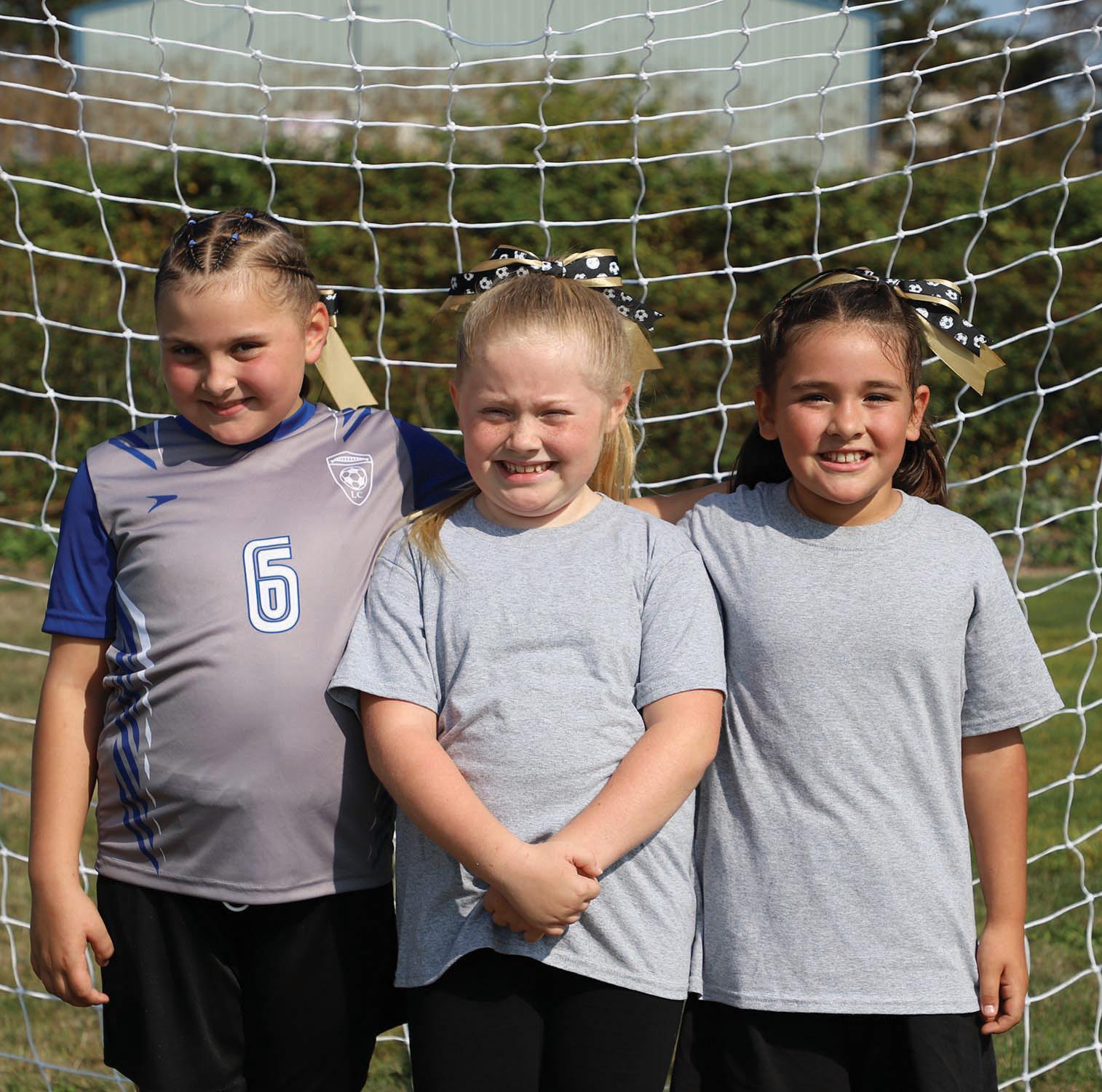
Swinomish member reminder >> You only have through December 2025 to use your $500 yearly vision benefit that includes an eye exam, glasses, and contacts.
There is a payment plan already set up for you at Costco and America's Best in Burlington, and at Island Optometry in Anacortes.
If you choose to go to another location, you must coordinate with Swinomish Medical – ask for Leslie – to ensure payment. There is also a reimbursement option for members who live outside of the area or use a provider that requires payment up front.
Call Swinomish Medical: (360) 466-3167
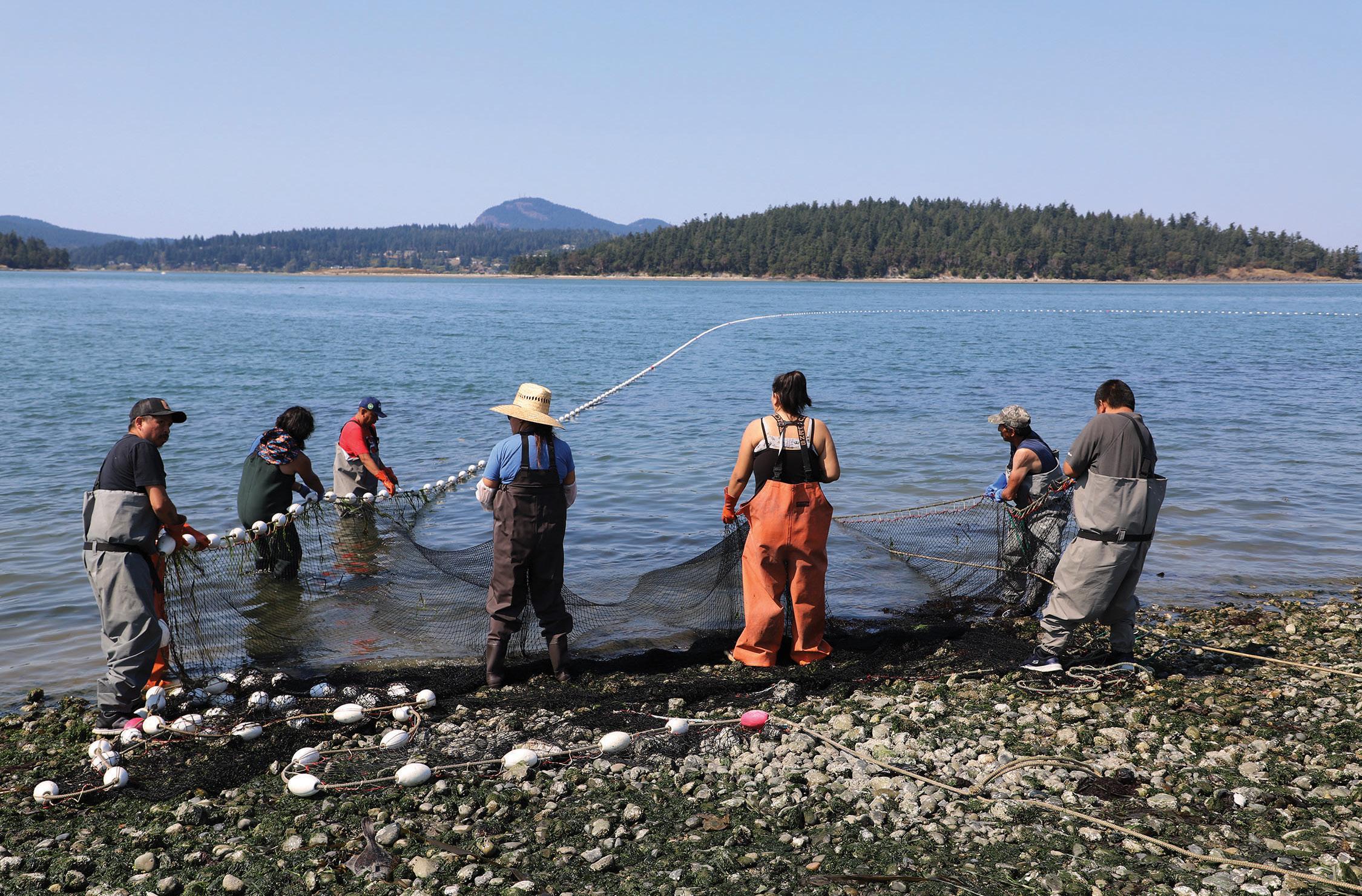
August 26 – Ivan’s retirement was honored with a party curated by the Swinomish Senior Center. The center was decked out with car racing themed decorations, the handmade Ivan cookies are destined to be collector’s items, and the day’s main menu was chosen by the honoree himself.
Many touching and well-deserved words were shared in gratitude for all of Ivan’s work and dedication, the Canoe Family sang the Warrior Song, and he was blanketed. Ivan also received an extra special gift – one-on-one time with his favorite race car driver, Kasey Khane!


Dear Swinomish Community,
My name is Shirley De La Rosa, and I am honored to serve as the new executive director of the Swinomish Housing Authority (SHA). With extensive experience in Housing and Urban Development (HUD) and LowIncome Housing Tax Credit (LIHTC) programs, I bring a deep understanding of affordable housing and a lifelong commitment to community-driven service.
It is a privilege to join this vibrant and resilient community. I am excited to work alongside the dedicated SHA team who shares my passion for building strong, sustainable housing solutions. Together, we are laying the groundwork for a future rooted in accountability, compassion, and excellence.
Our mission is clear: to serve the Swinomish Tribal Community with integrity, transparency, and heart. We recognize that housing is more than infrastructure; it is the foundation of family, culture, and opportunity. As we move through this transition, we appreciate your patience and continued support. We are here for you, and we are committed to earning your trust every step of the way.
We look forward to working together to strengthen our community and create lasting impact for generations to come.
Warm regards,
Shirley De La Rosa, Executive Director Swinomish Housing Authority
October 21-23 –Team swədəbš and their partners are heading to San Diego to represent Swinomish at the 2025 Pala Seniors Chair Volleyball Tournament, hosted by the Pala Band of Mission Indians at the Pala Casino.
While chair volleyball has been popular across Indian Country for years, the Swinomish Senior Center only formed its own team last year, when it hosted the inaugural Swinomish Days tournament. Samish and Lummi joined the competition, with Swinomish taking the championship. This year, Team swədəbš remains undefeated, winning the “golden volleyball” against Lummi.
The dedicated players practice weekly at the Swinomish Boys & Girls Club, with some also training at Swinomish Fitness. Chair volleyball helps participants meet their physical exercise goals by supporting cardiovascular health, upper body strength, hand-eye coordination, and flexibility. Above all, it is perfect for keeping those smile muscles fit!
A few different rules!
While chair volleyball is much like volleyball, there are differences that make the game accessible to those with impeded mobility, including those who use wheelchairs. Aside from the fact participants sit while playing, here are a few rules:
‣ The first team to score 15 points wins the set; matches are best of two out of three. Each set is limited to 10 minutes – if time runs out, the team with the higher score wins.
‣ Teams are allowed five hits to return the ball over the net, with no more than three consecutive hits by one player.
‣ One-cheek rule: players can lean out of their chair as long as one butt check remains in contact with the chair. No chair rocking allowed!

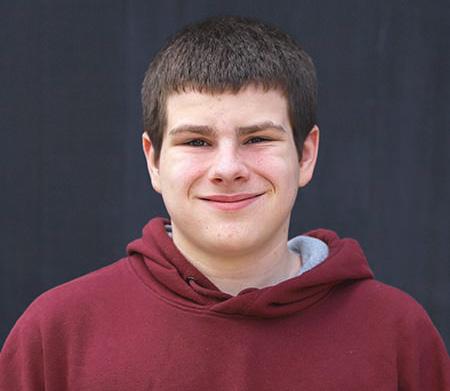


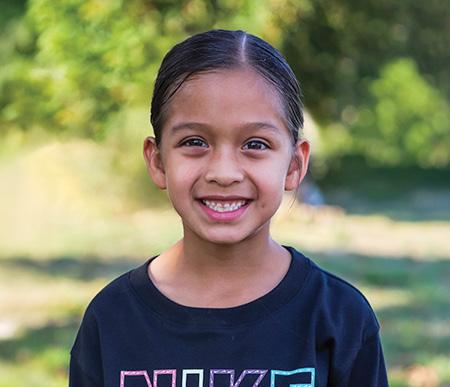
September’s Youth of the Month: Daniel Staples
Daniel Staples – also known as “Dan the man” – is our September Youth of the Month. Dan is in seventh grade at La Conner Middle School. He loves watching movies with his favorite being How to Train Your Dragon. Dan loves his cats. When you ask him, he will tell you his favorite animal in the world is his cats. His favorite color is green and he likes Pringles, pizza, and French fries. Dan was selected as our YOTM for his kindness and his positive attitude. If you see him around, make sure to congratulate him on this high honor!
Layla Wilbur-Westendorf is the newest member of the Swinomish Boys & Girls Club staff. She loves her community, family, and Swinomish. Her dream job is to be a mermaid. She grew up here at Swinomish and graduated from Mount Vernon High School. Layla is continuing her education at Northwest Indian College and takes training courses to further her knowledge.
She loves to bead, garden, weld, and stay active. Her favorite color is green (or rainbow). Layla loves her dog, but she also really wants an axolotl. Her favorite season is the season of the salmonberries. Her favorite places are Kiket Island and the clam garden. Layla loves the movies Moana and Happy Gilmore. Her sports of choice are soccer, snowboarding, and boxing. Layla said, “Navigating today’s world can be hard. I want to be the auntie you can come to when it gets a little harder.” Please help welcome her to our team, we are excited to have her!
Conner Breckenridge is our October Youth of the Month. Conner is 17 years old and goes to La Conner High School. His favorite color is blue, and he loves the movie Baby Driver. Conner enjoys playing video games in his spare time. His favorite animal is a panda. Conner plans to go to college after he graduates high school next year. He would like to attend the University of Washington to pursue a career in welding or car mechanics.
When asked what advice he would give to the younger youth, he said, “Stay in school.” Conner was awarded this high honor for his willingness to always lend a hand, kindness to all, and his determination to make a difference.
Peyton Charles-Bueno is our November Youth of the Month. Peyton is 7 years old and in the second grade. Her favorite color is purple, and she loves playing basketball in her free time. Her favorite movie is KPop Demon Hunters. After Peyton graduates high school, she wants to attend college to become a police officer. Her favorite animal is a snow leopard. Peyton was selected as the November YOTM for her kind nature and willingness to help others.
We are excited to bring back our prevention-focused youth groups. There will be three groups based on what grade you are in: 4th and 5th grade, middle school, and high school.
Youth group meeting attendance is mandatory. You must communicate with staff if you will not be able to make it in order to go on the Friday/Saturday outings. We will update the meeting times and dates, which will vary for each group, on our Facebook page. If you have any questions, call (360) 466-7337 or email aball@bgcsc.org.

Amanda Charlie recently enrolled in Leadership Skagit, a program designed to equip participants with the knowledge, skills, and connections to become more impactful leaders.
Participants learn key insights into the interconnection of important county-wide strengths and needs, are educated on various aspects of justice, equity, diversity and inclusion, and enjoy an expansion of their personal and professional networks. The nine-month program culminates with a service project in which participants work in groups to choose, plan, and complete a project utilizing the skills they learned.
Amanda was encouraged to apply for the leadership program while working for Swinomish Workforce Development. She says, “My hope in participating in this program is that I can learn more ways to help our people and our community, along with surrounding communities, so we can all gain the knowledge to share with future generations.”
Learn more about Leadership Skagit at skagit.org/our-services/ls
October 16 - Christina Adams received Skagit Women's Alliance Network’s Rising Swan award at the 2025 Women of the Year Awards event at the Swinomish Casino & Lodge.
Rising Swan awards recognize and honor women who have made extraordinary, recognizable contributions within the Skagit County communities they serve.
Congratulations, Christina!
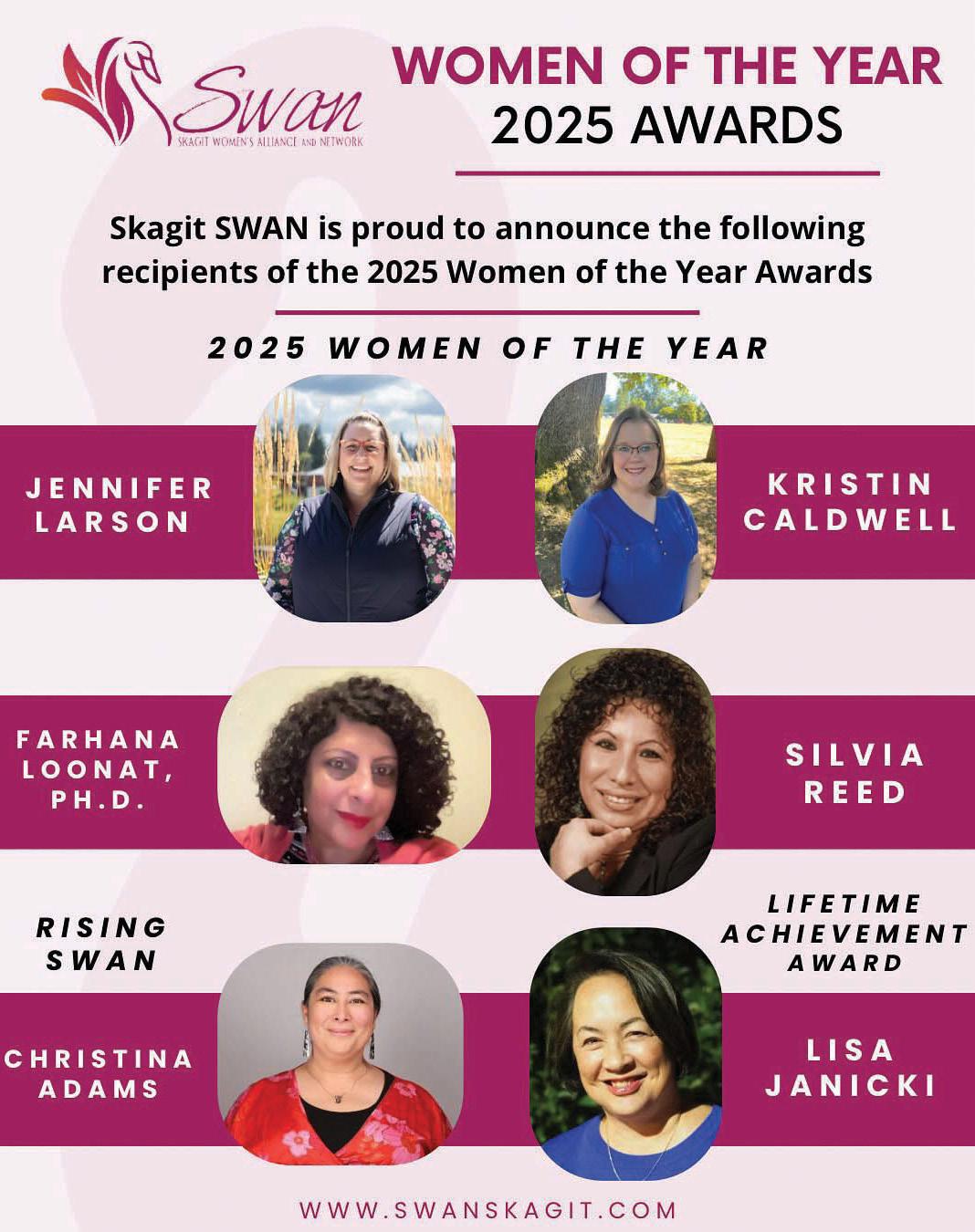





@qyuuqsNews
